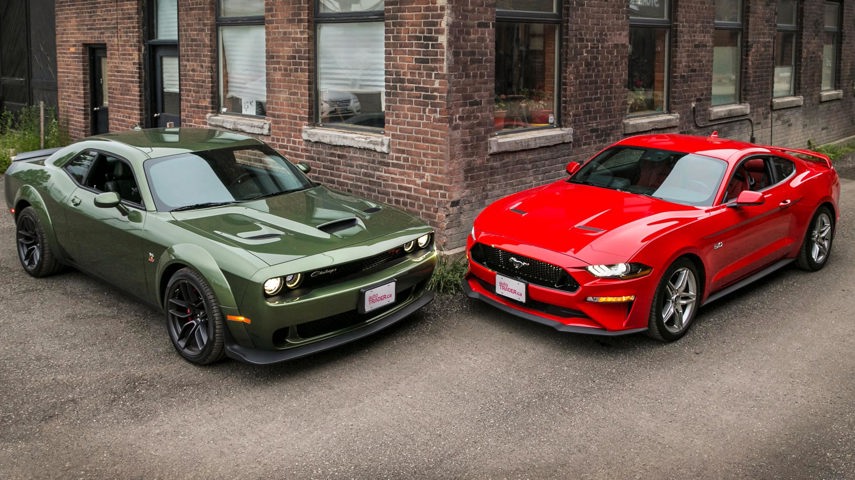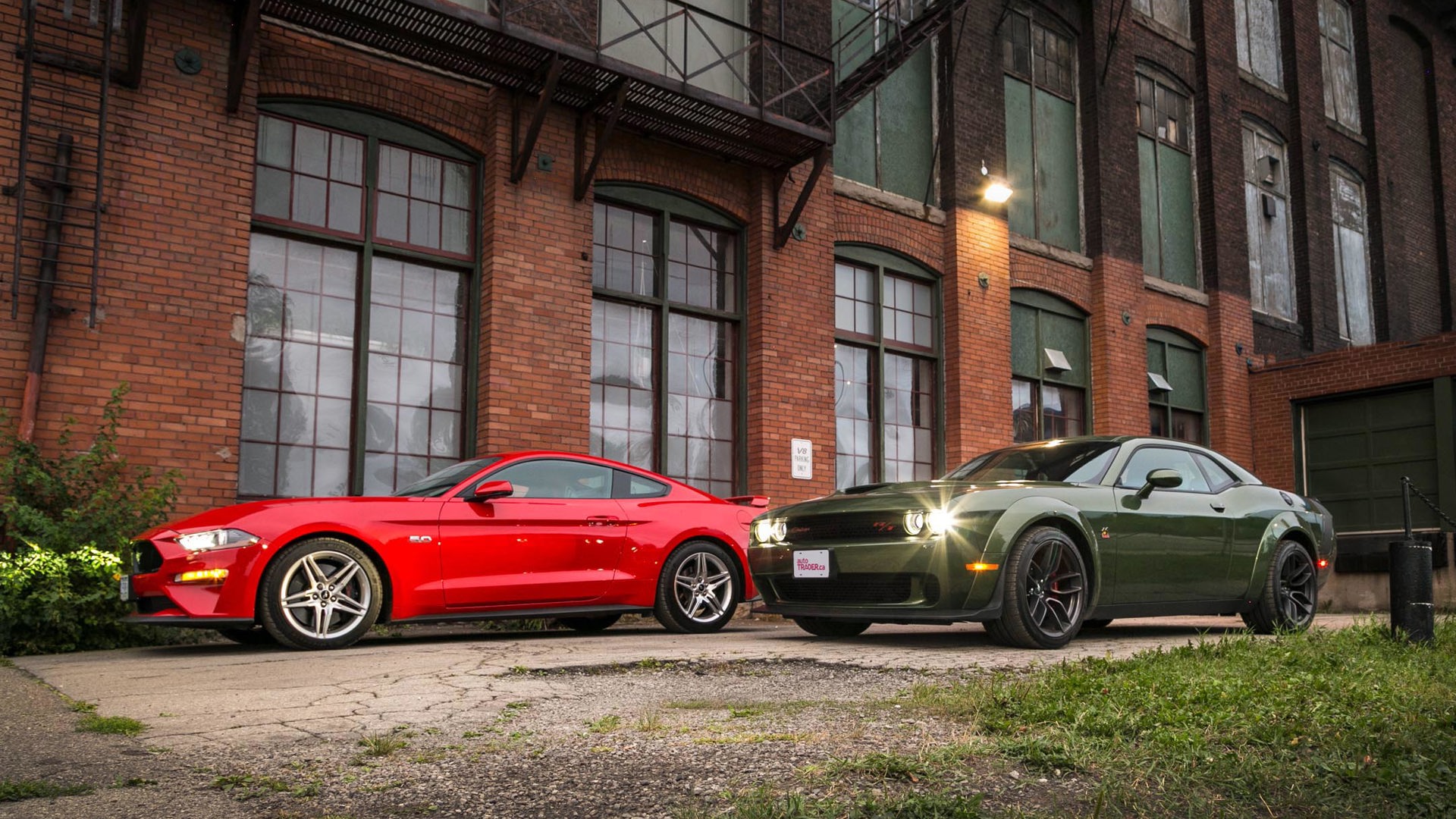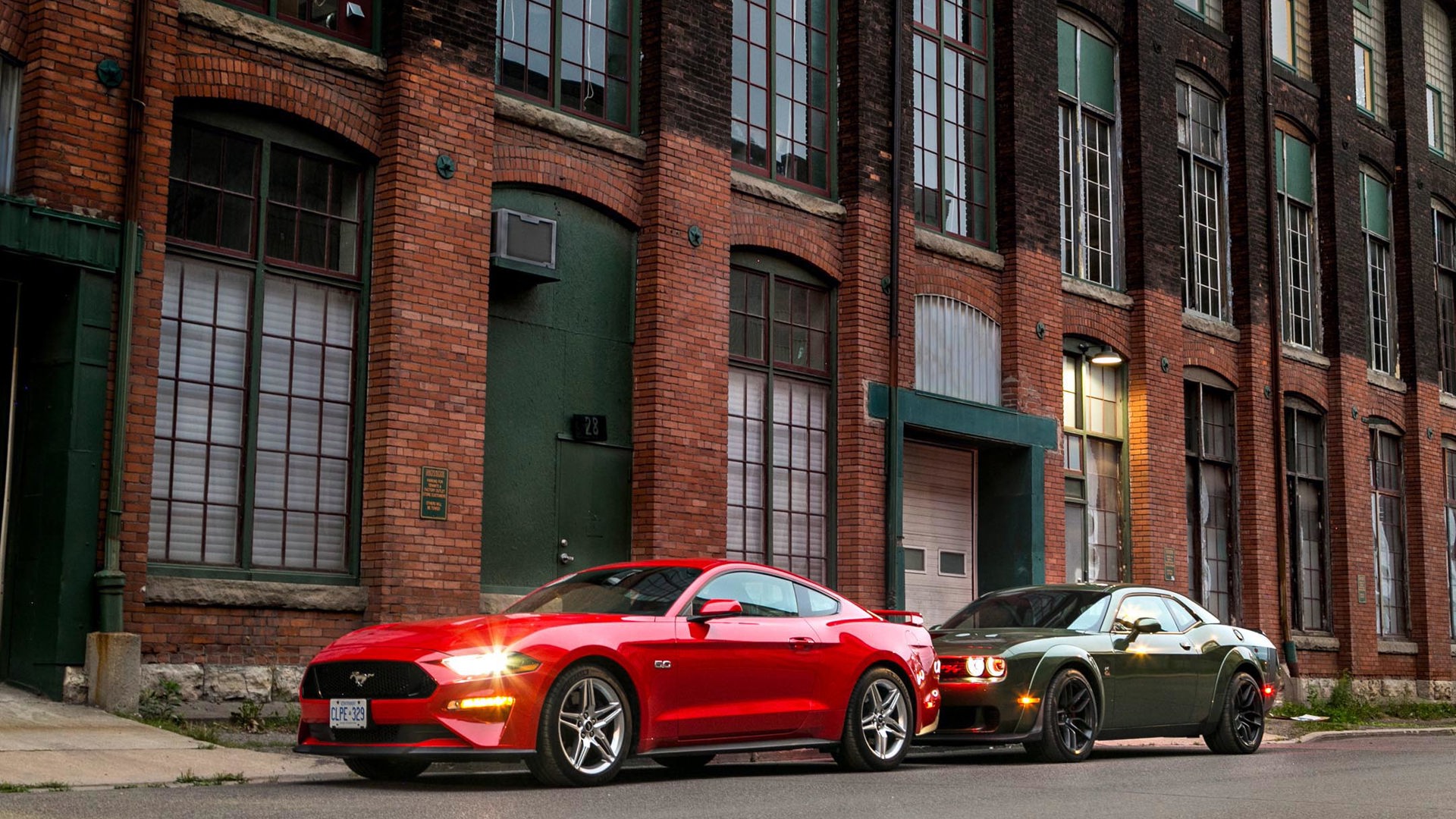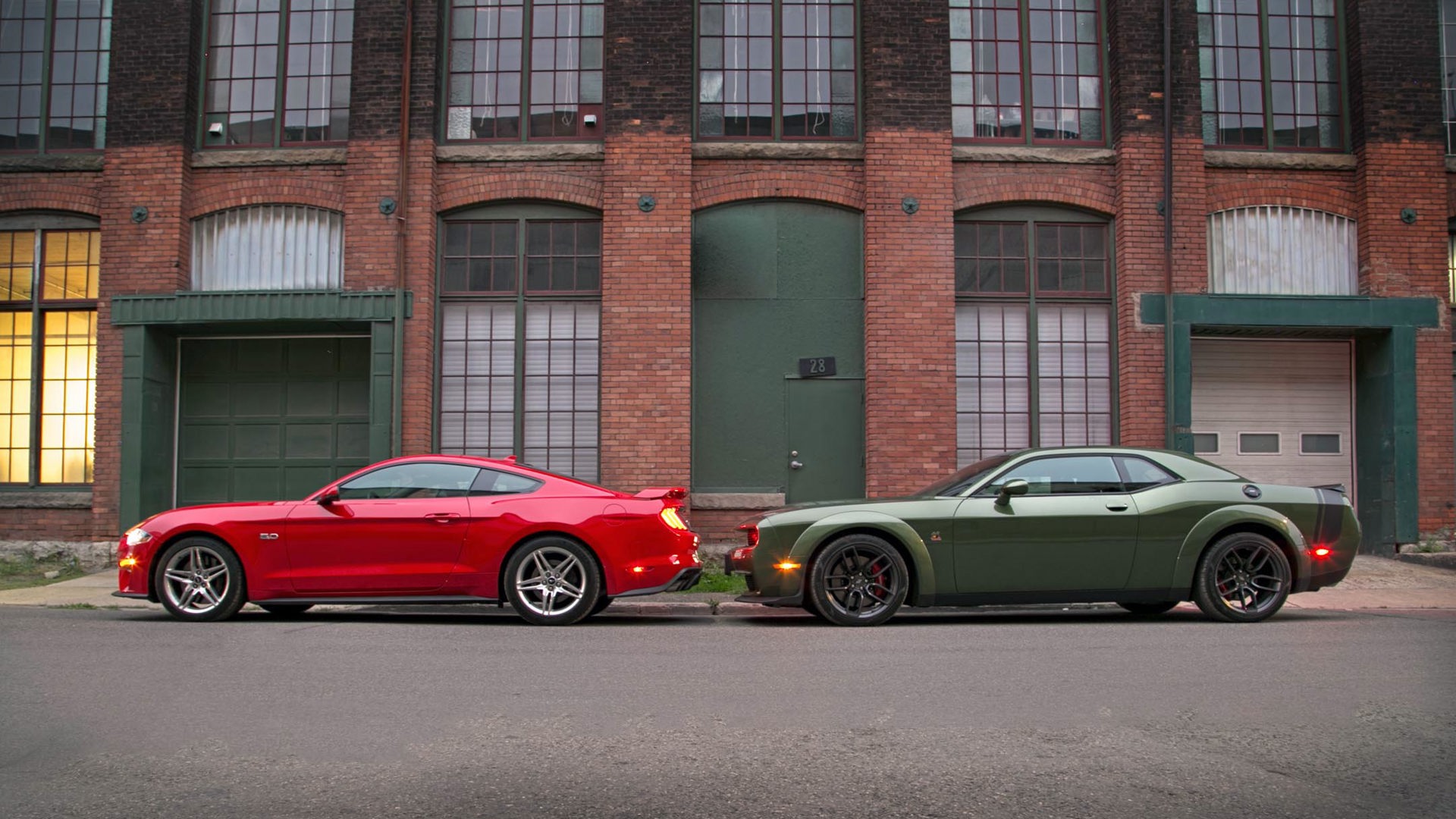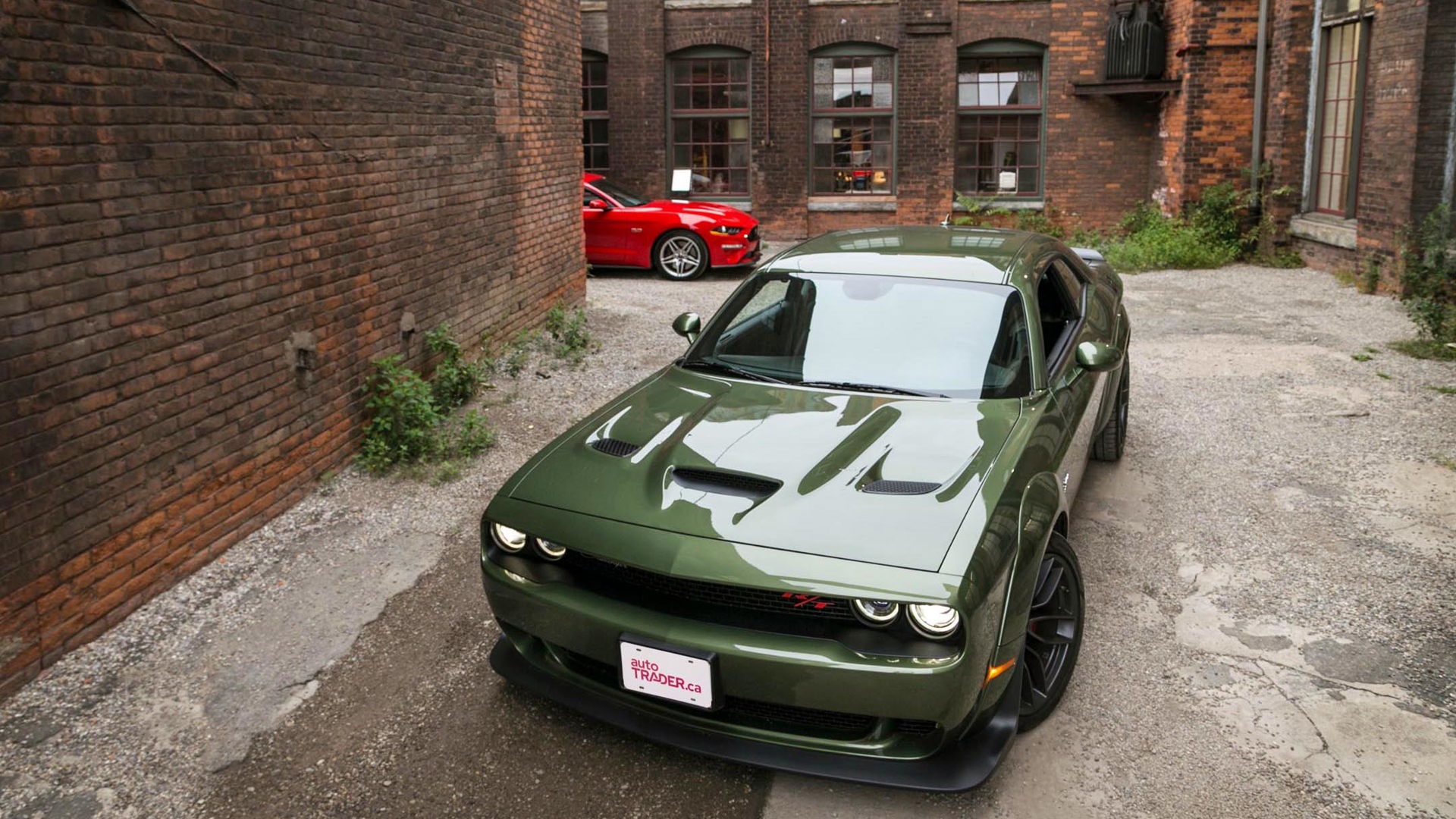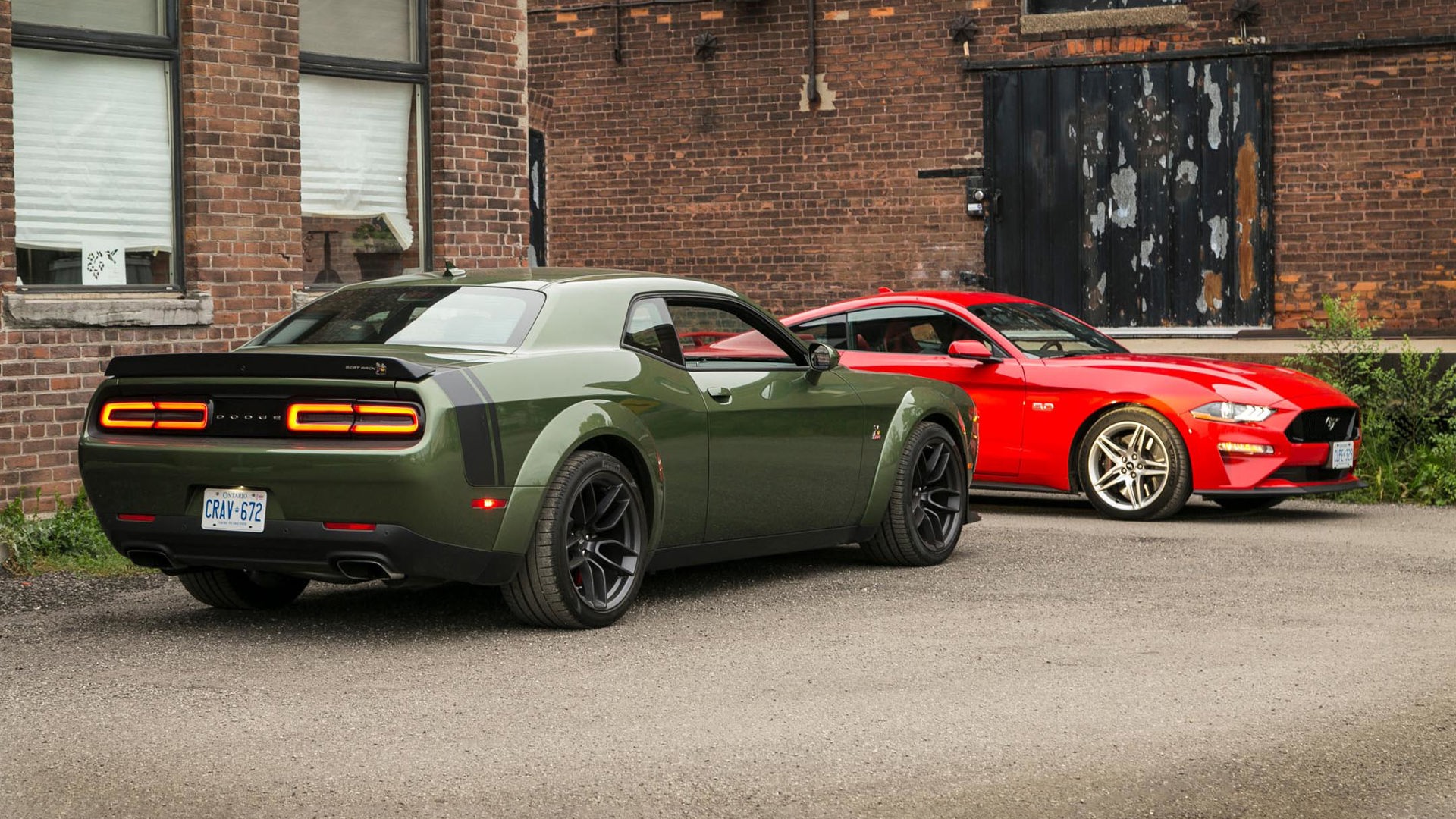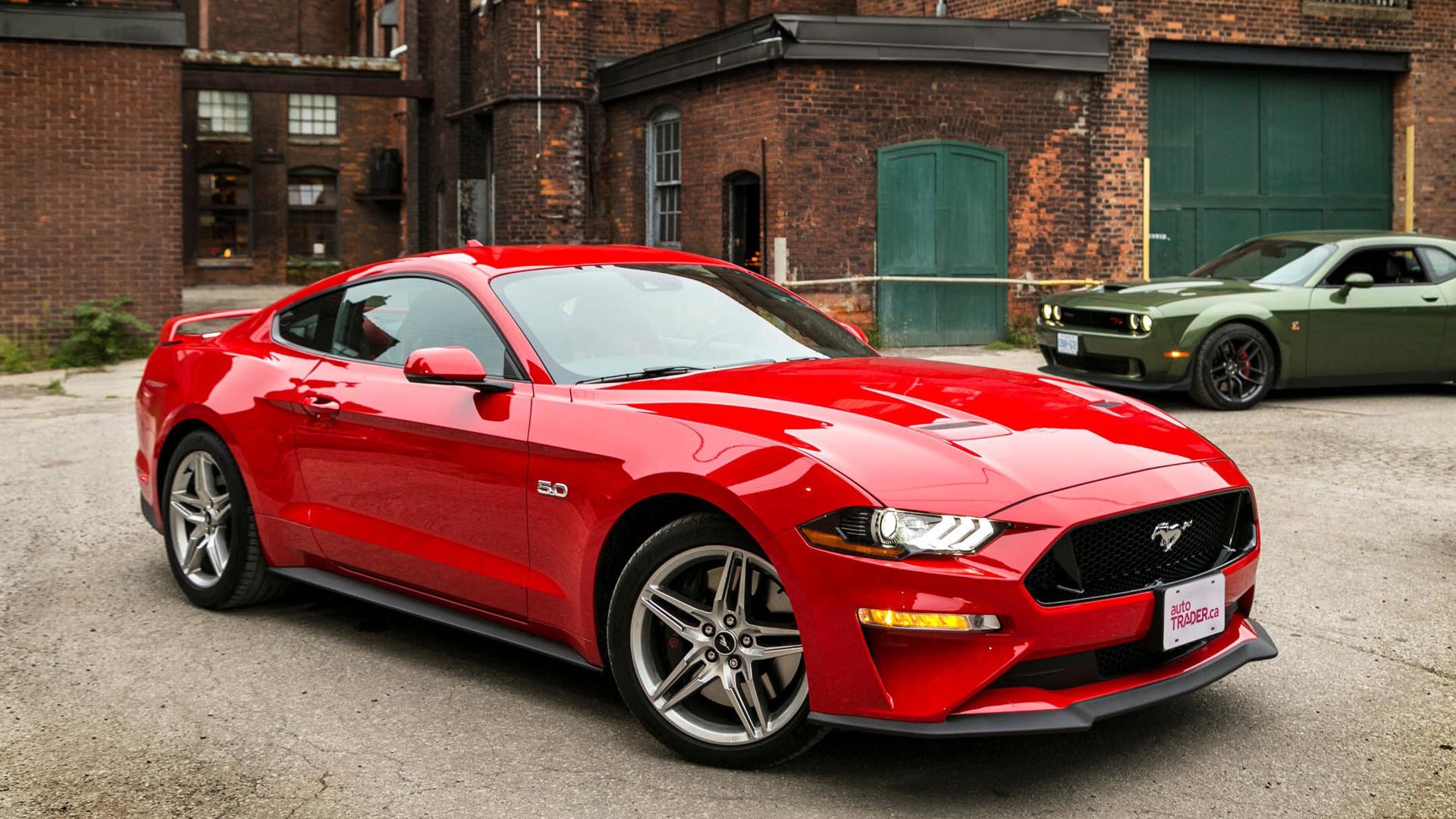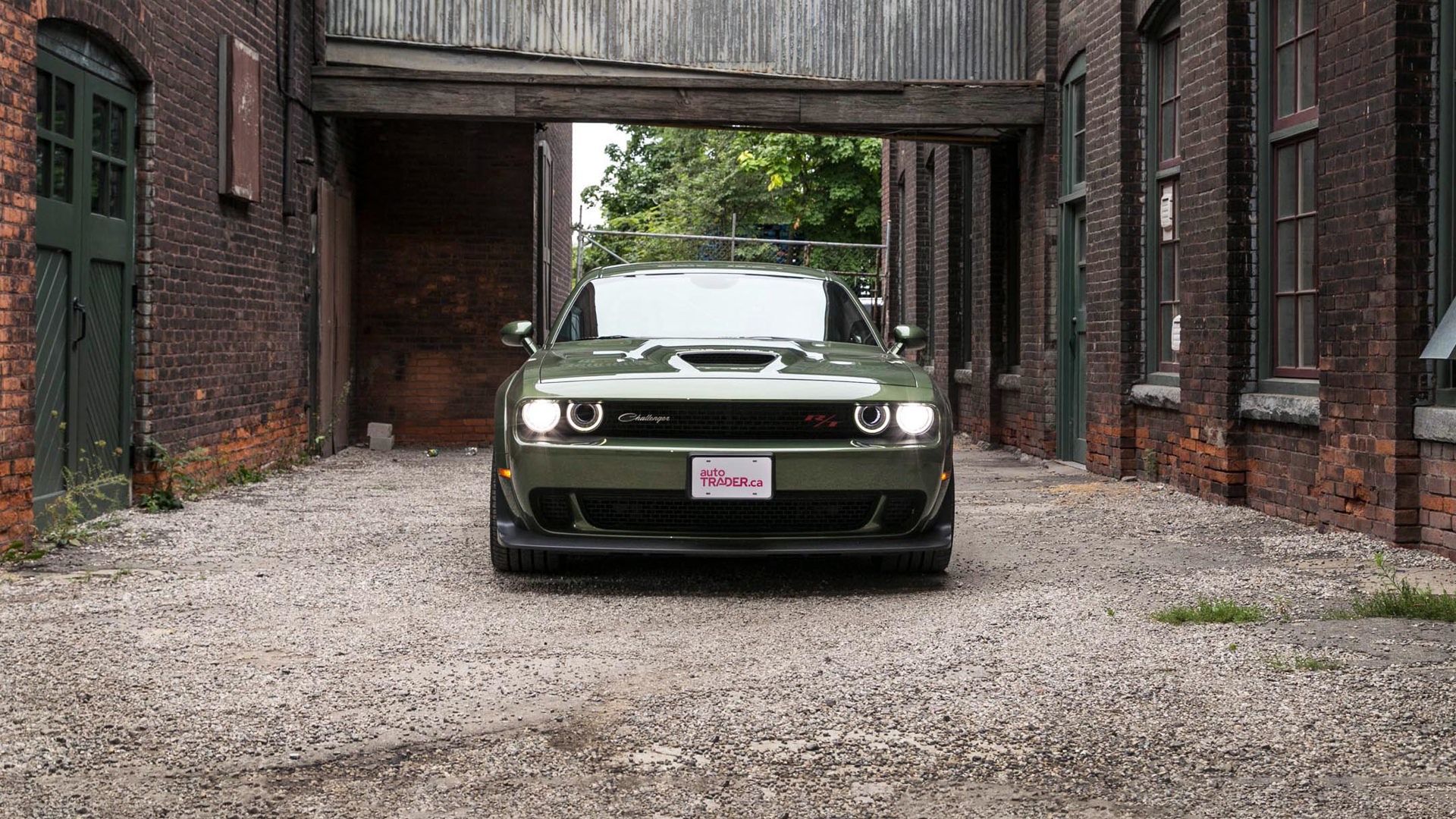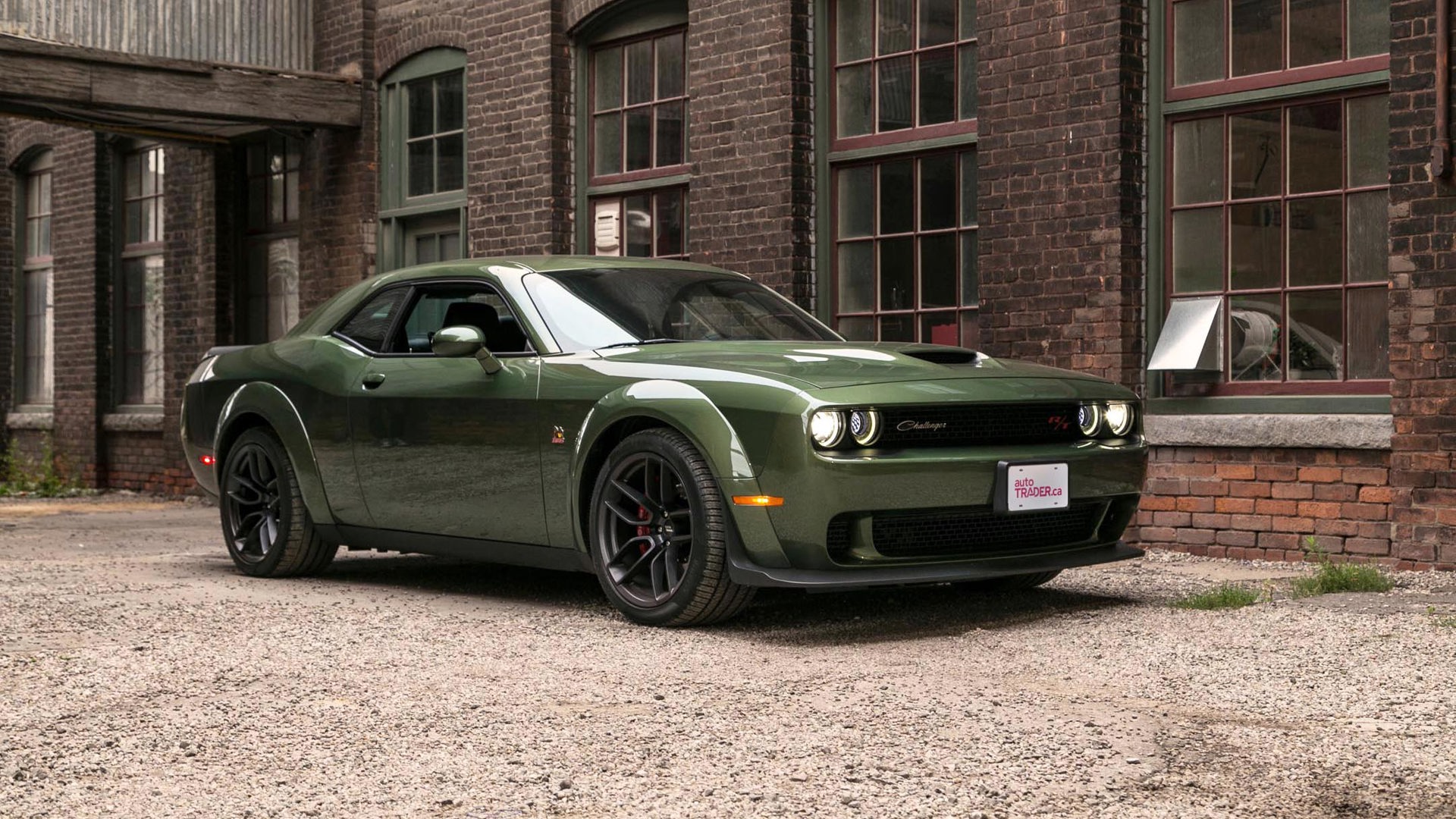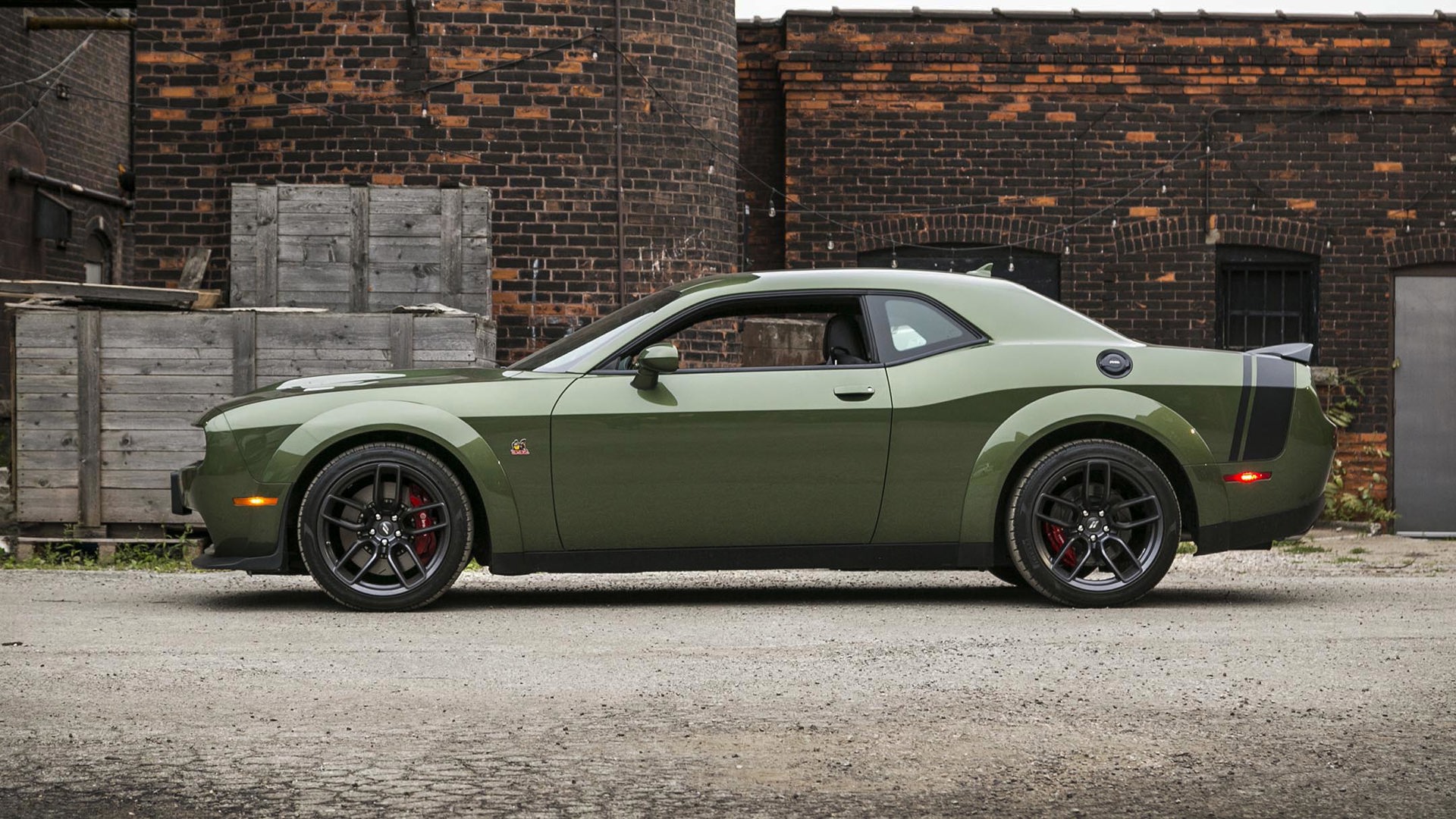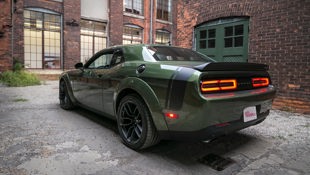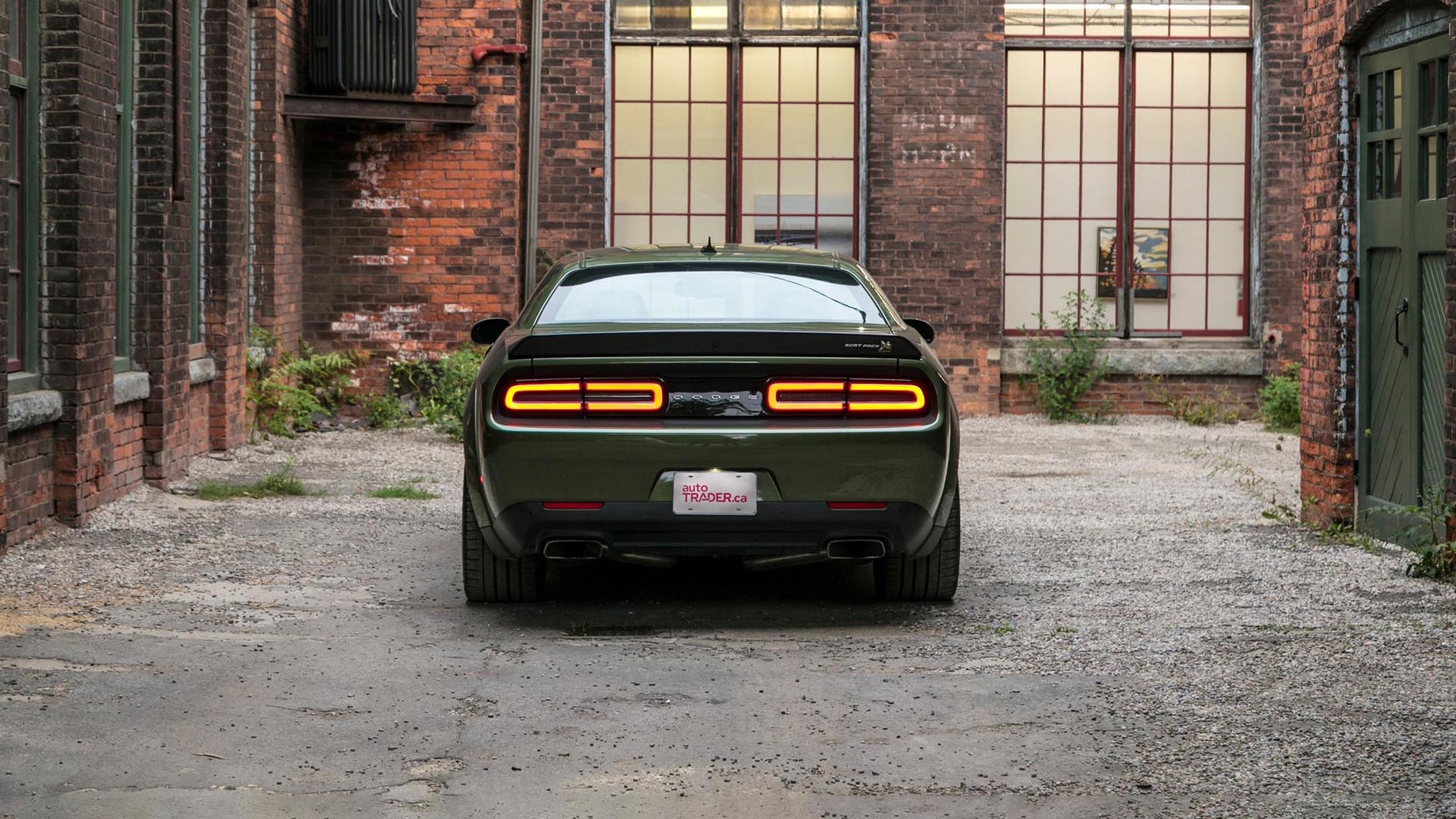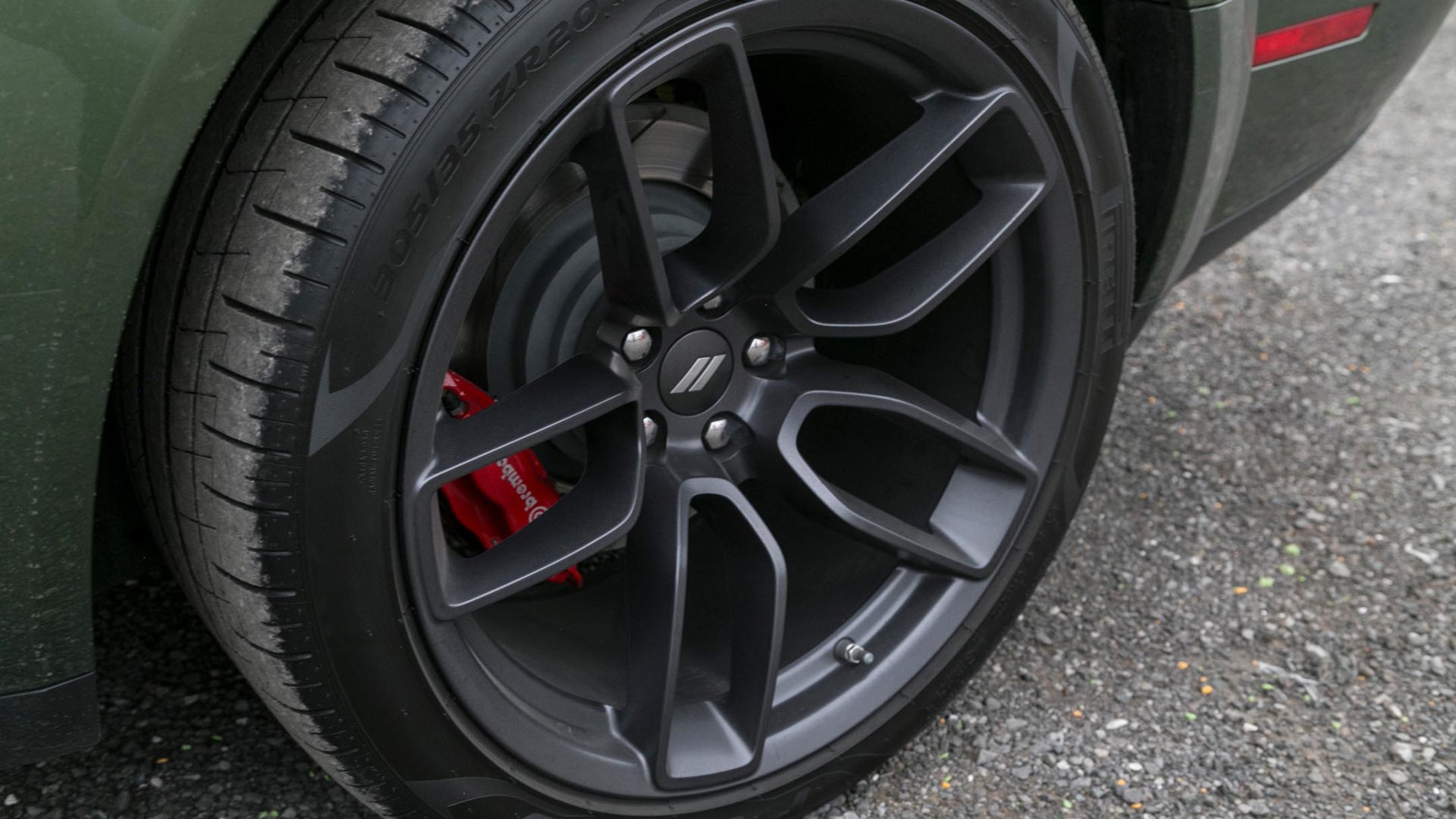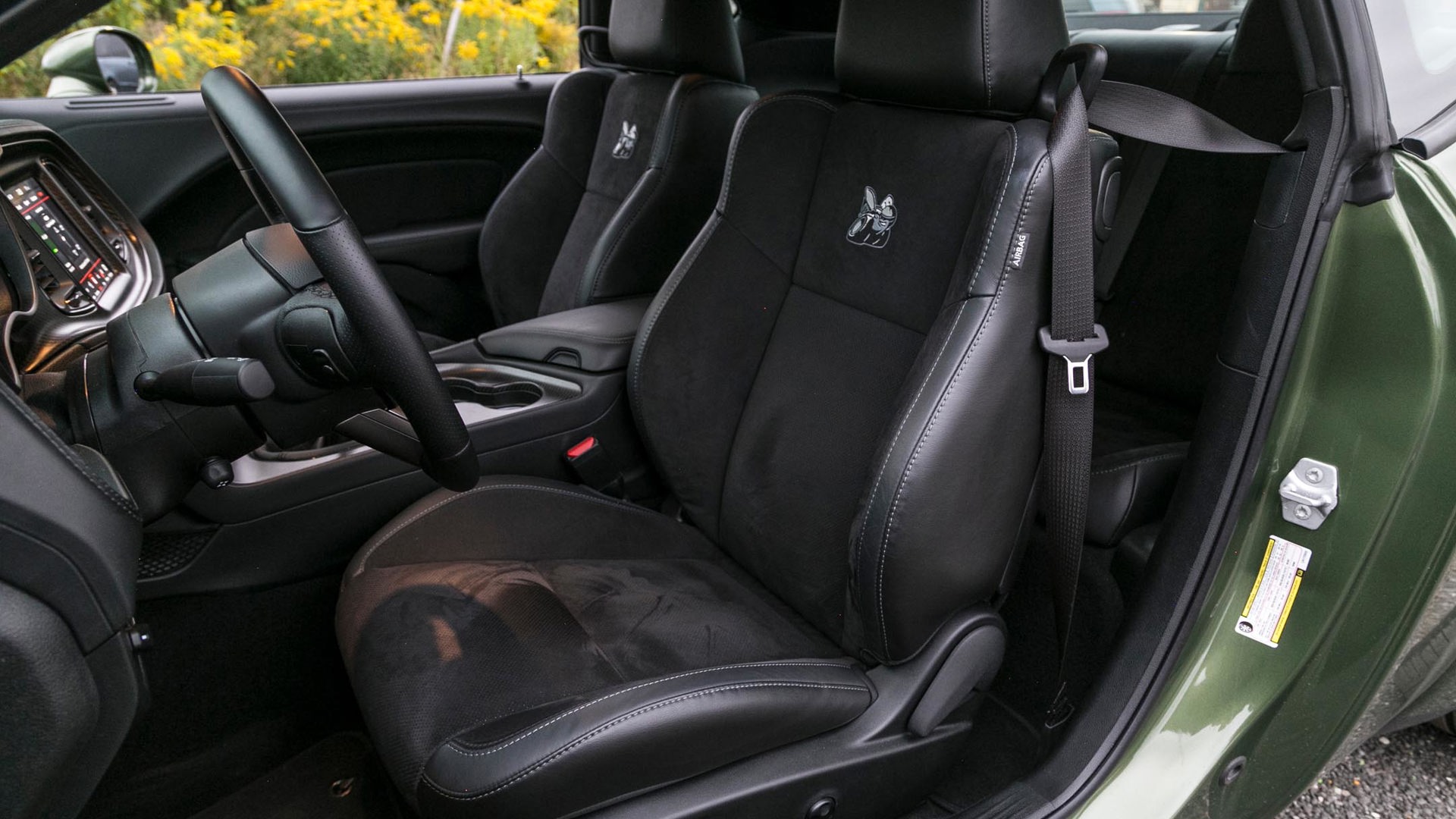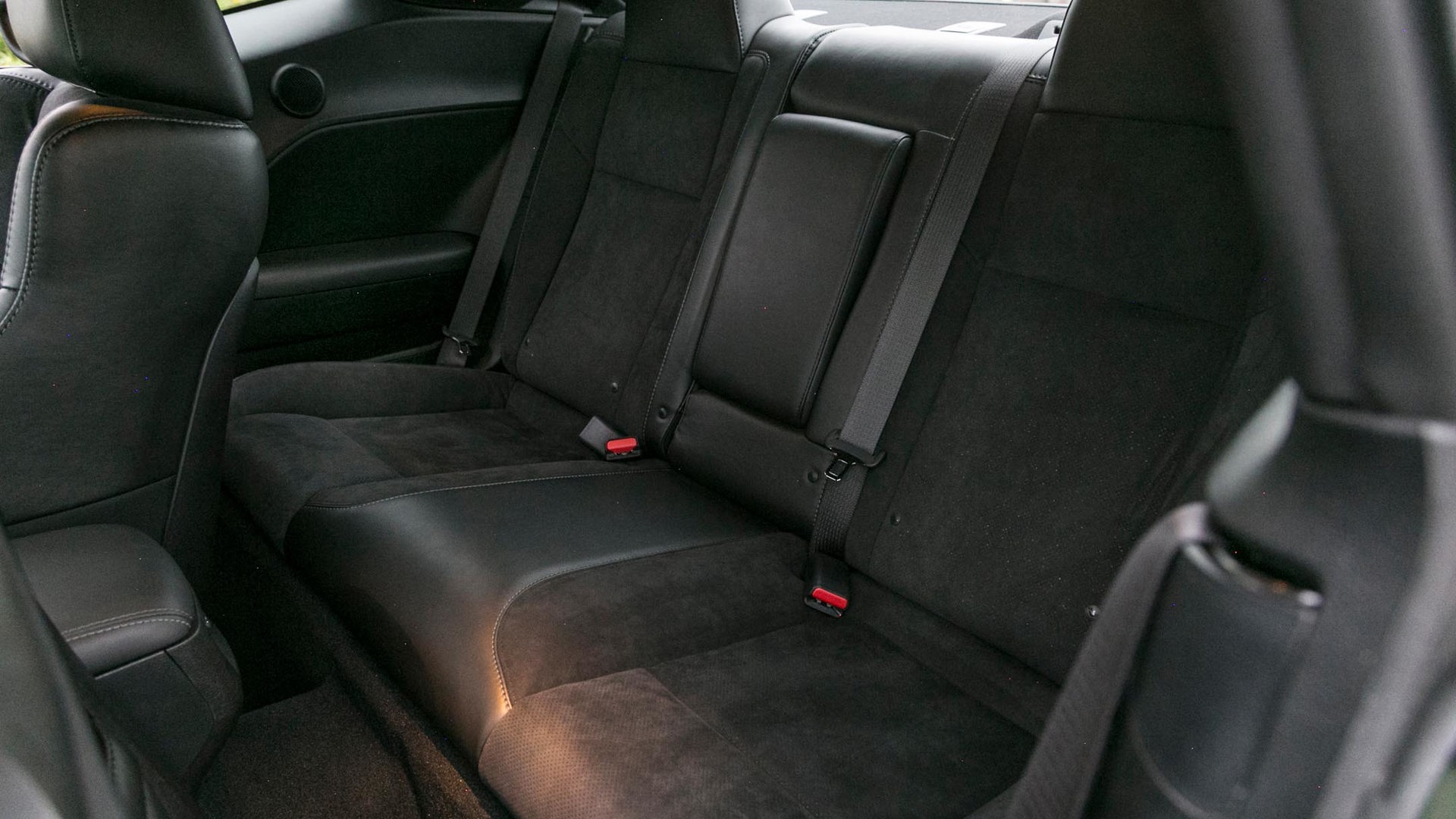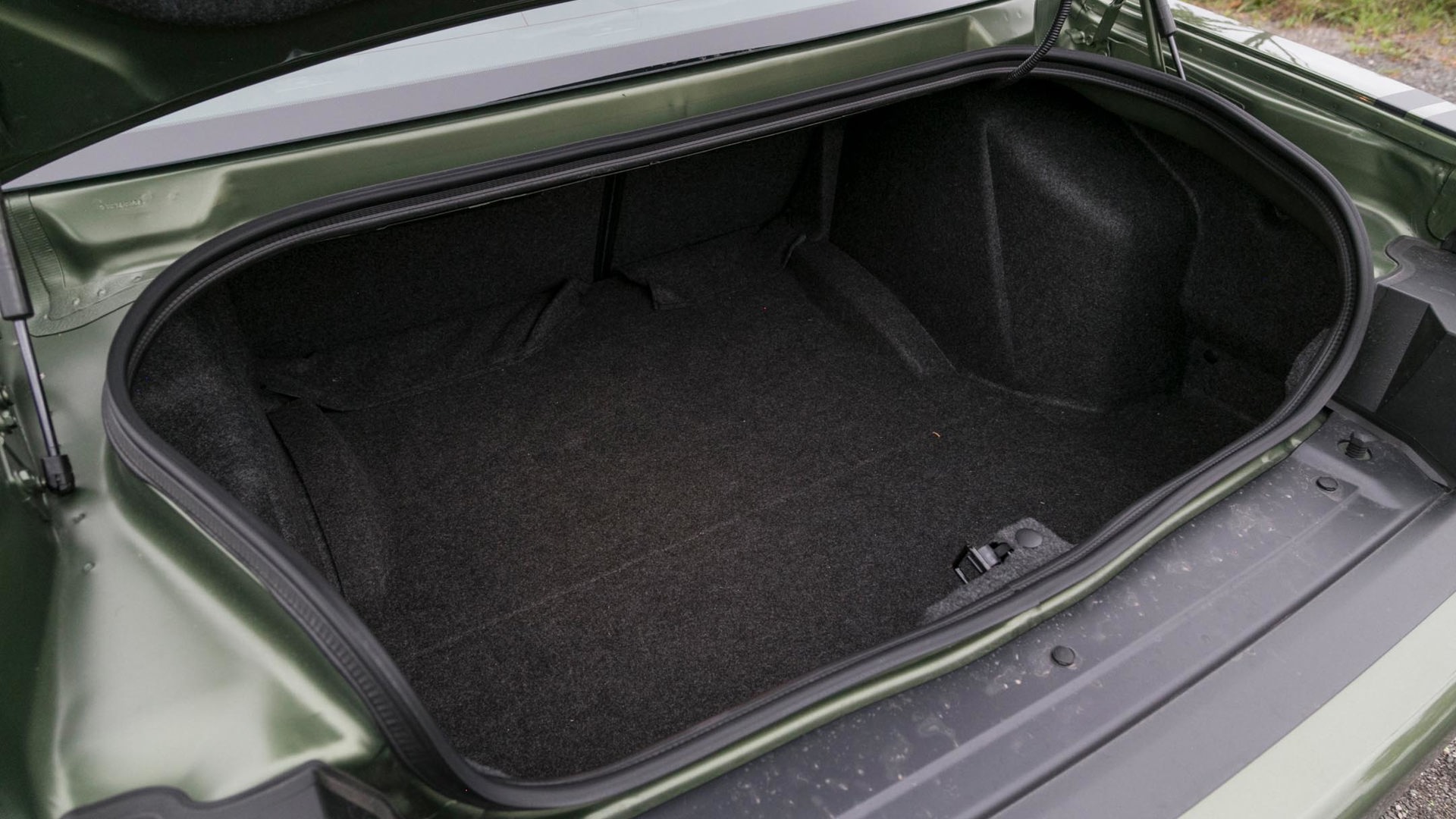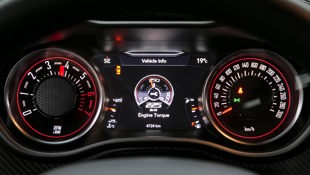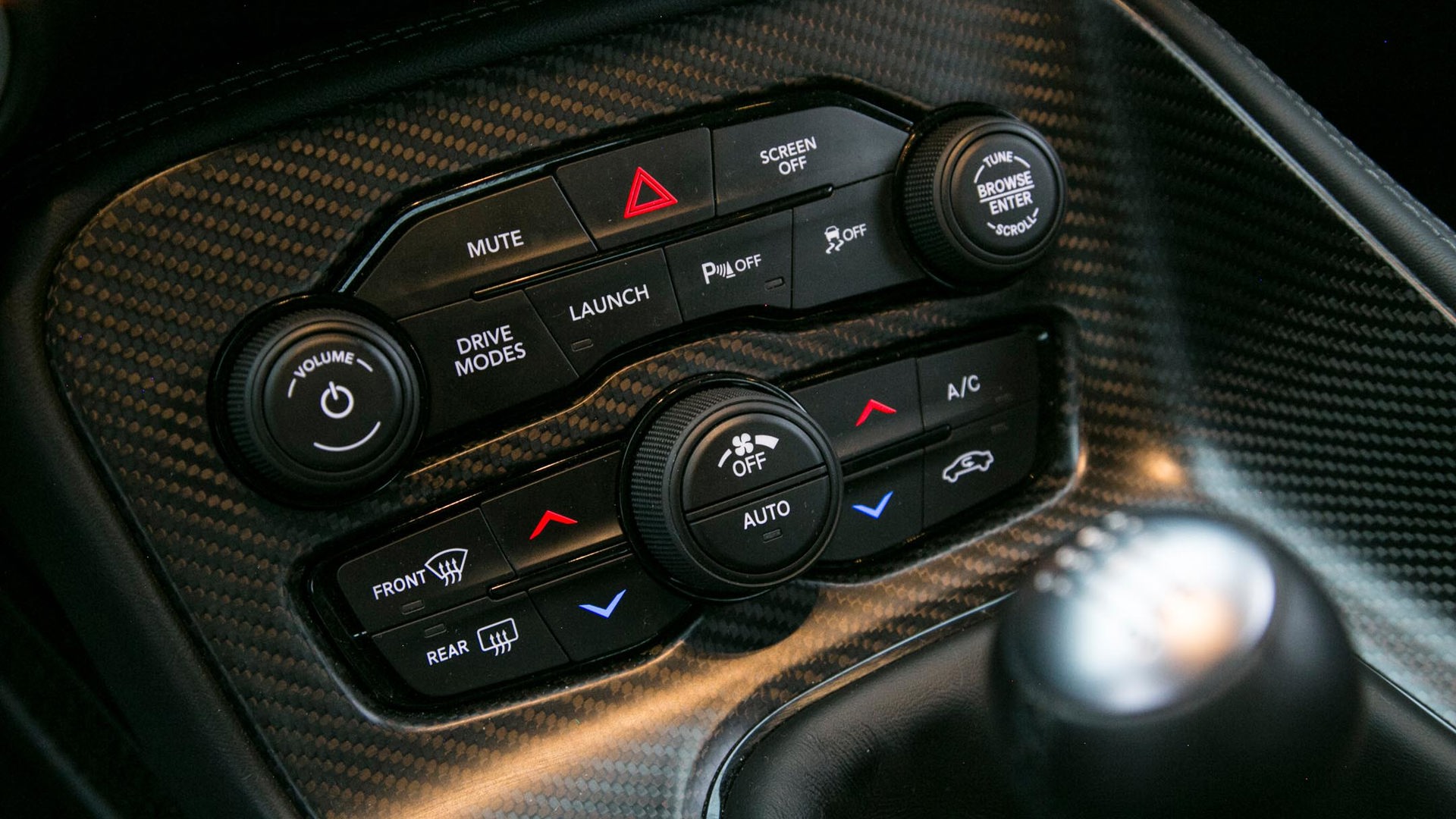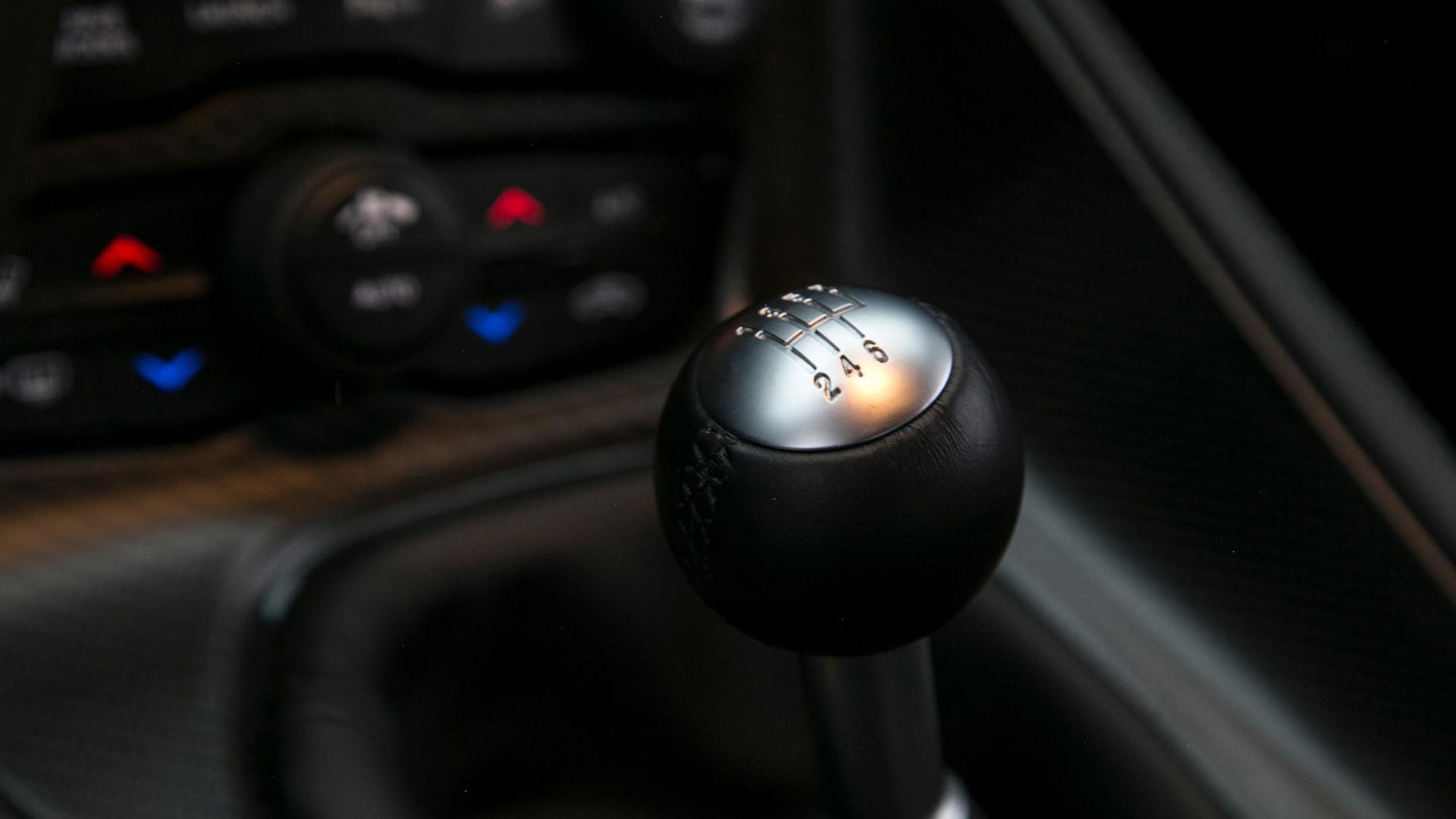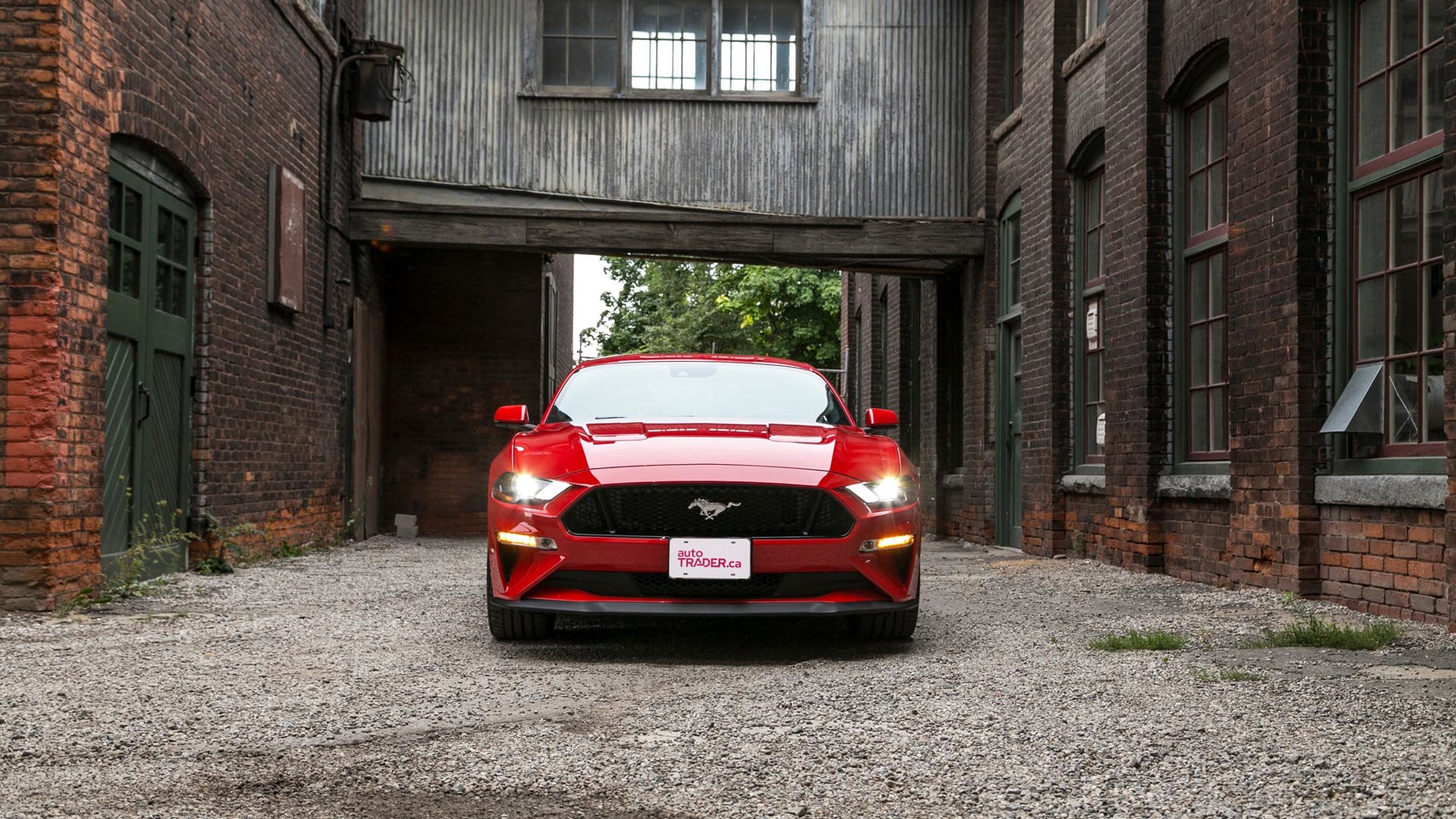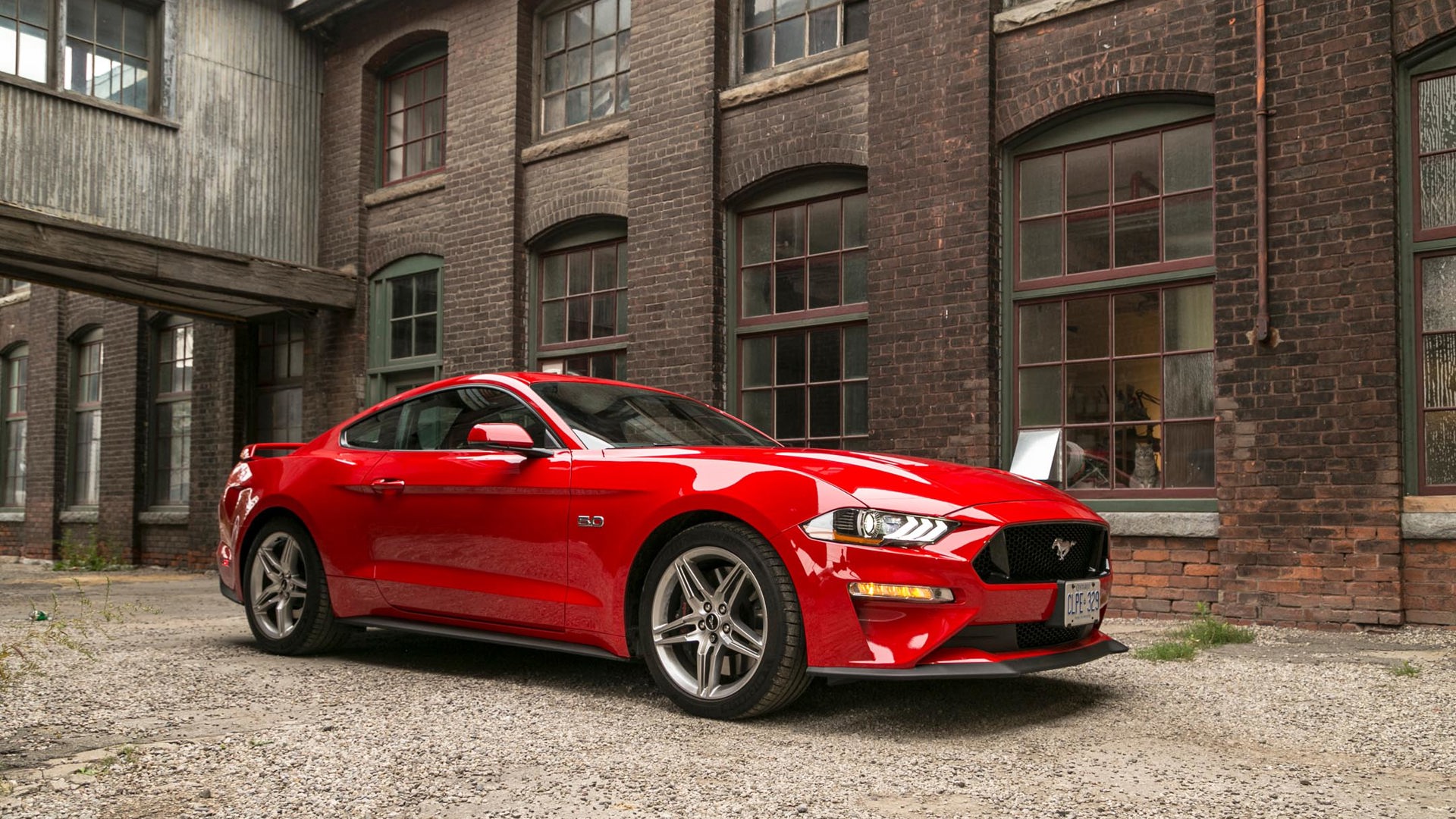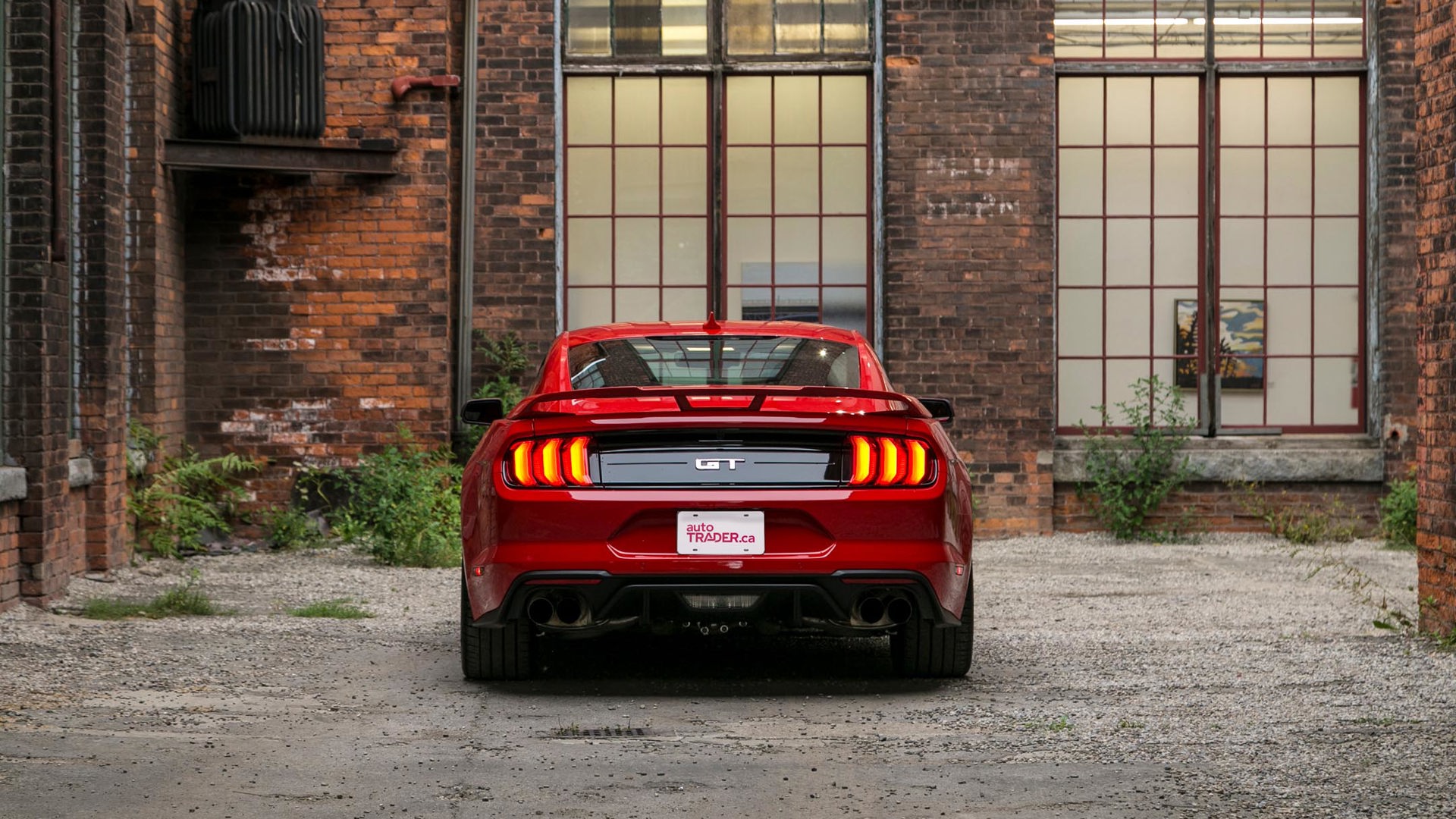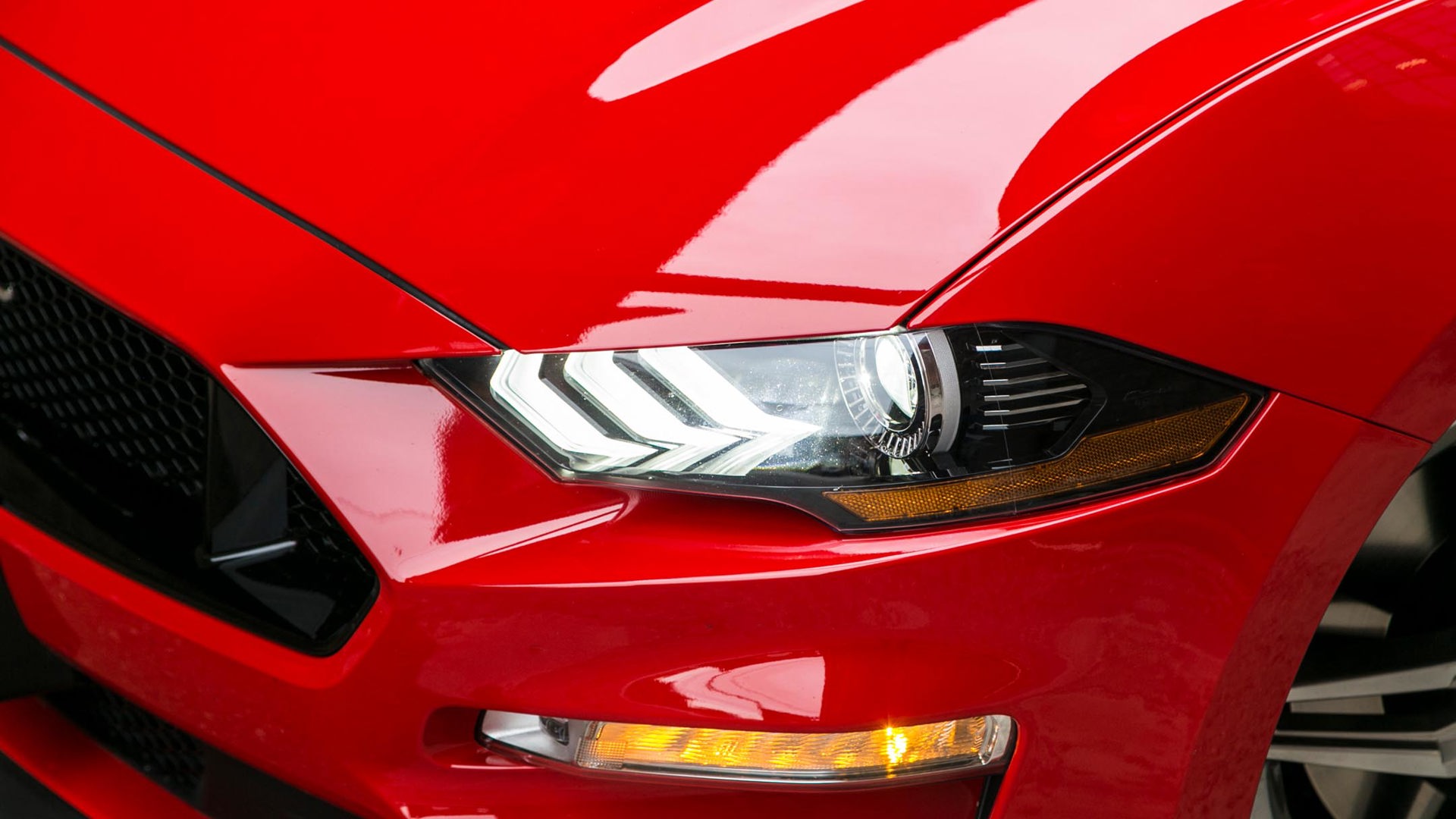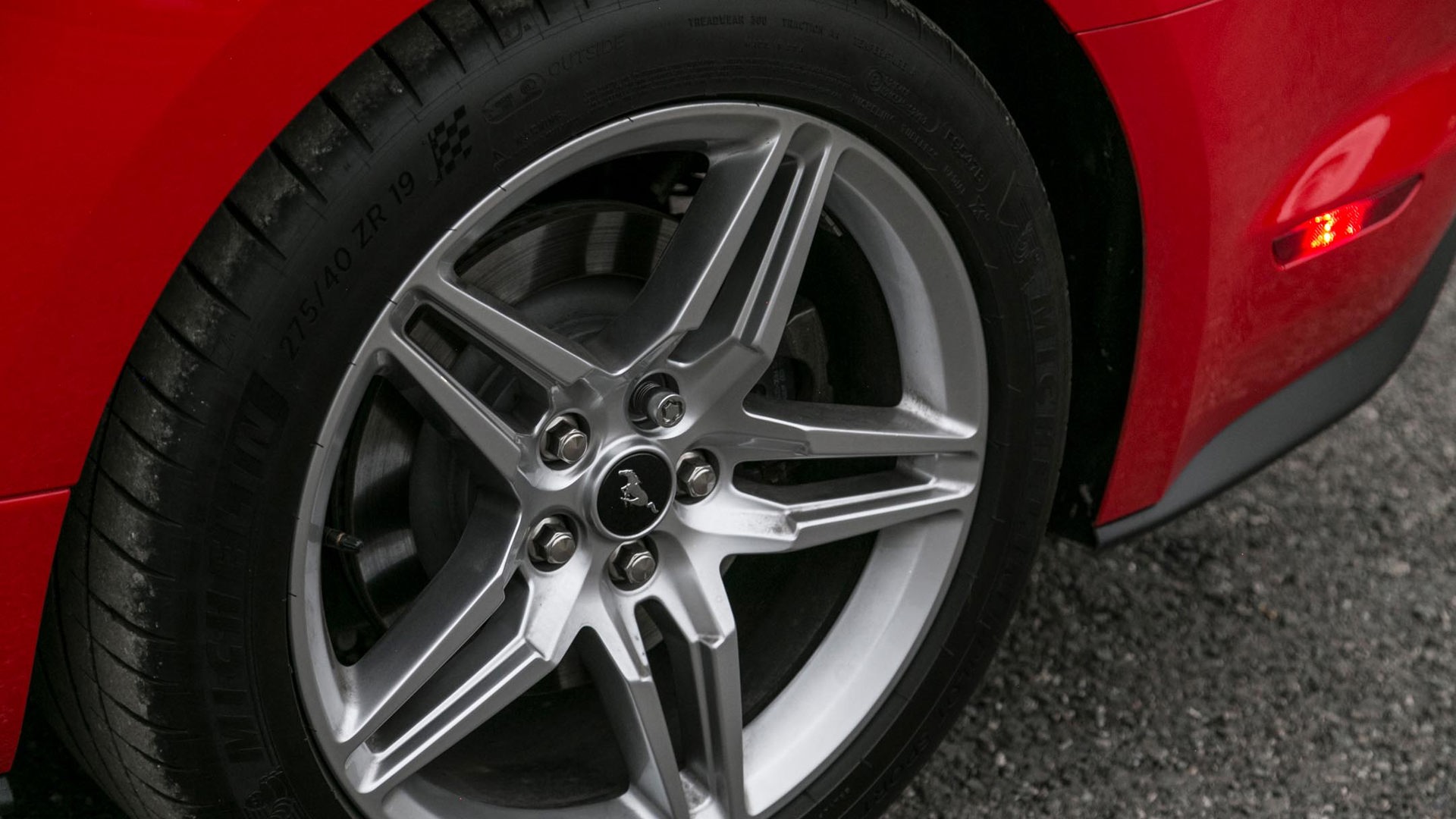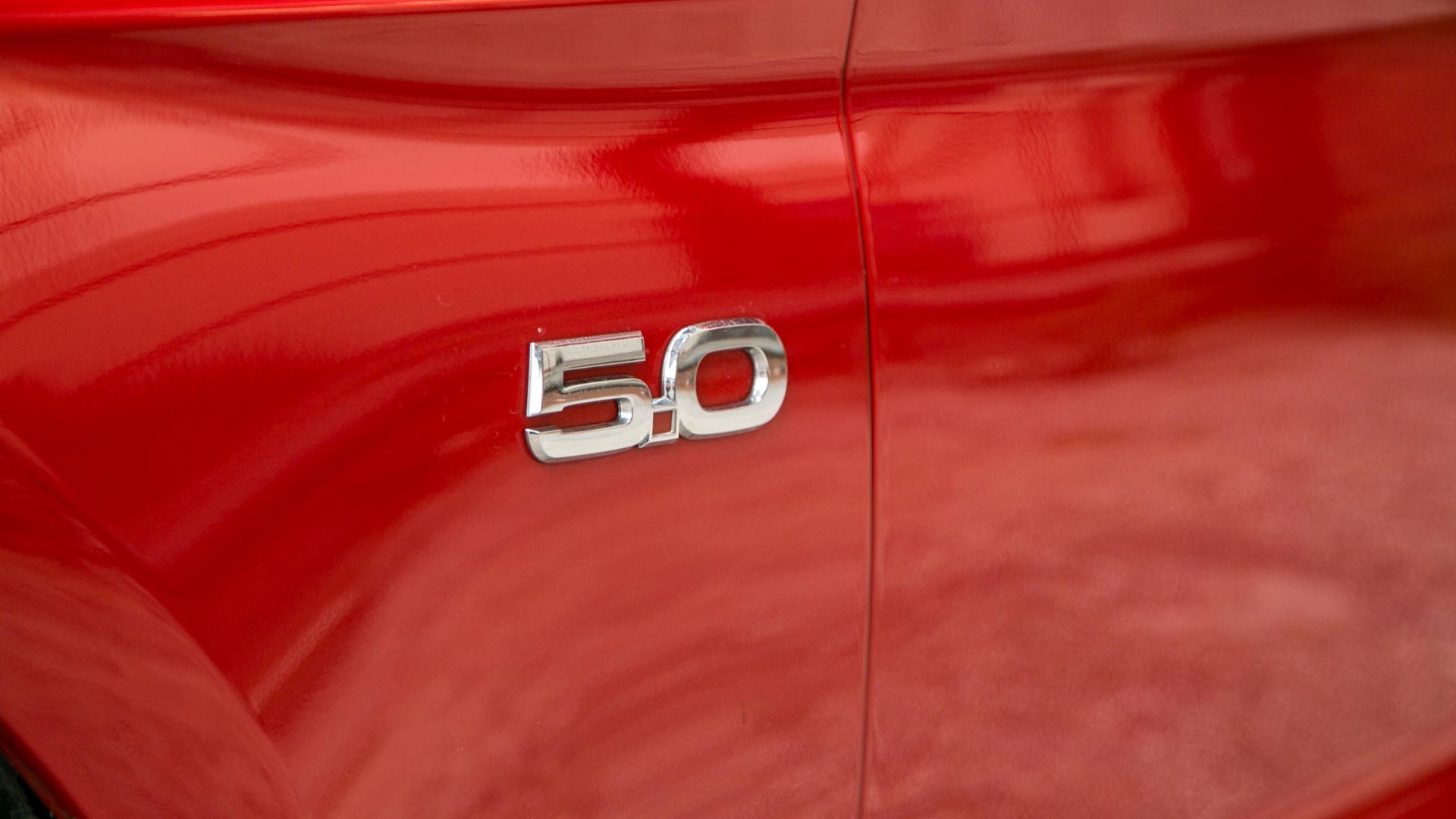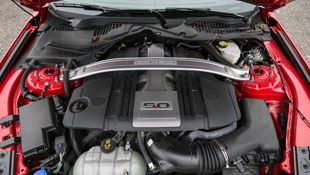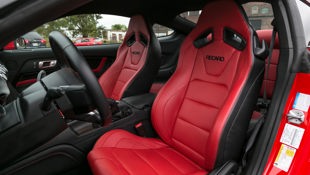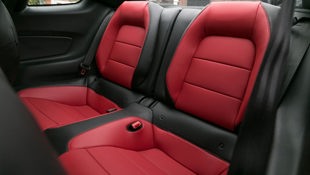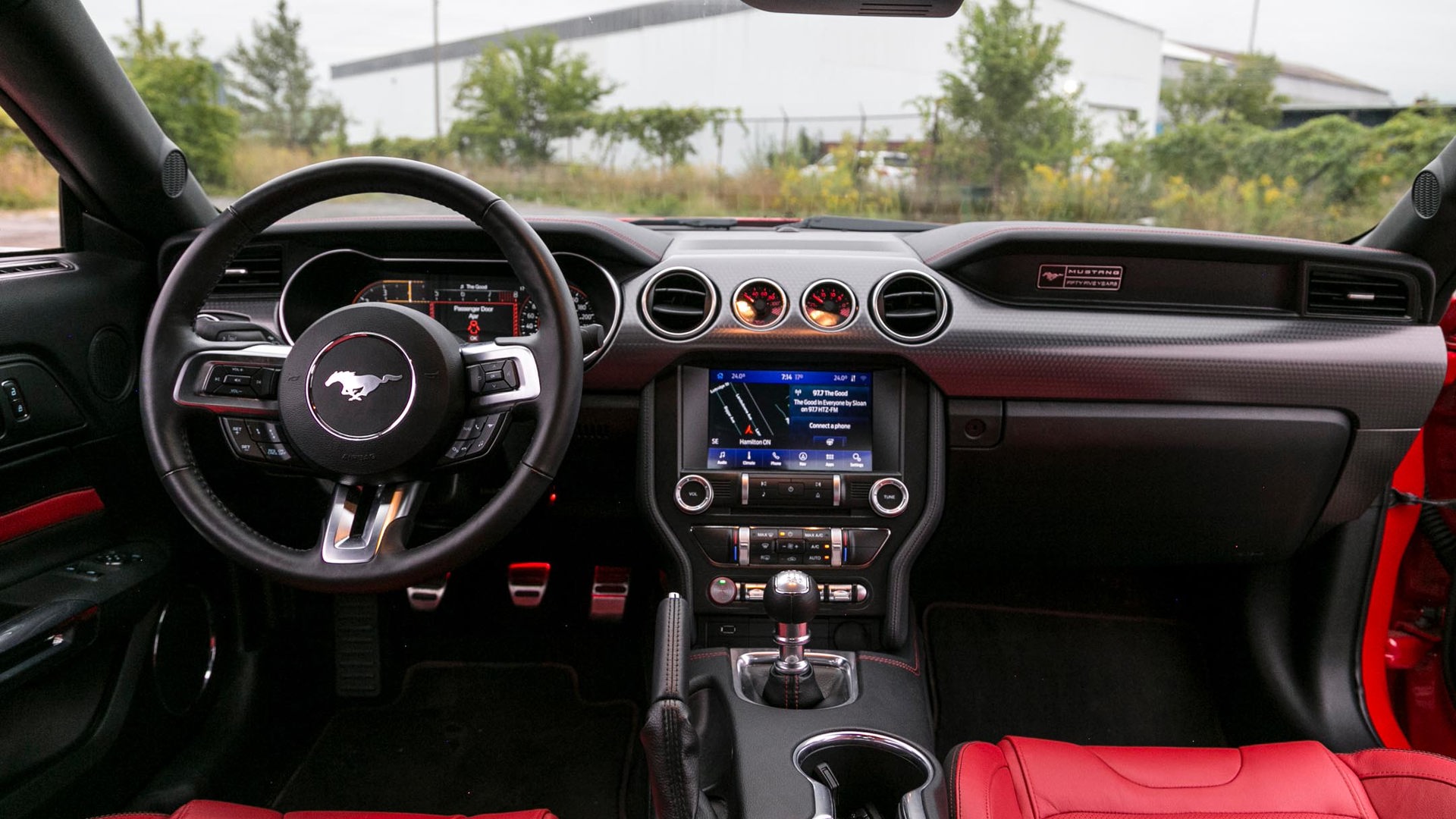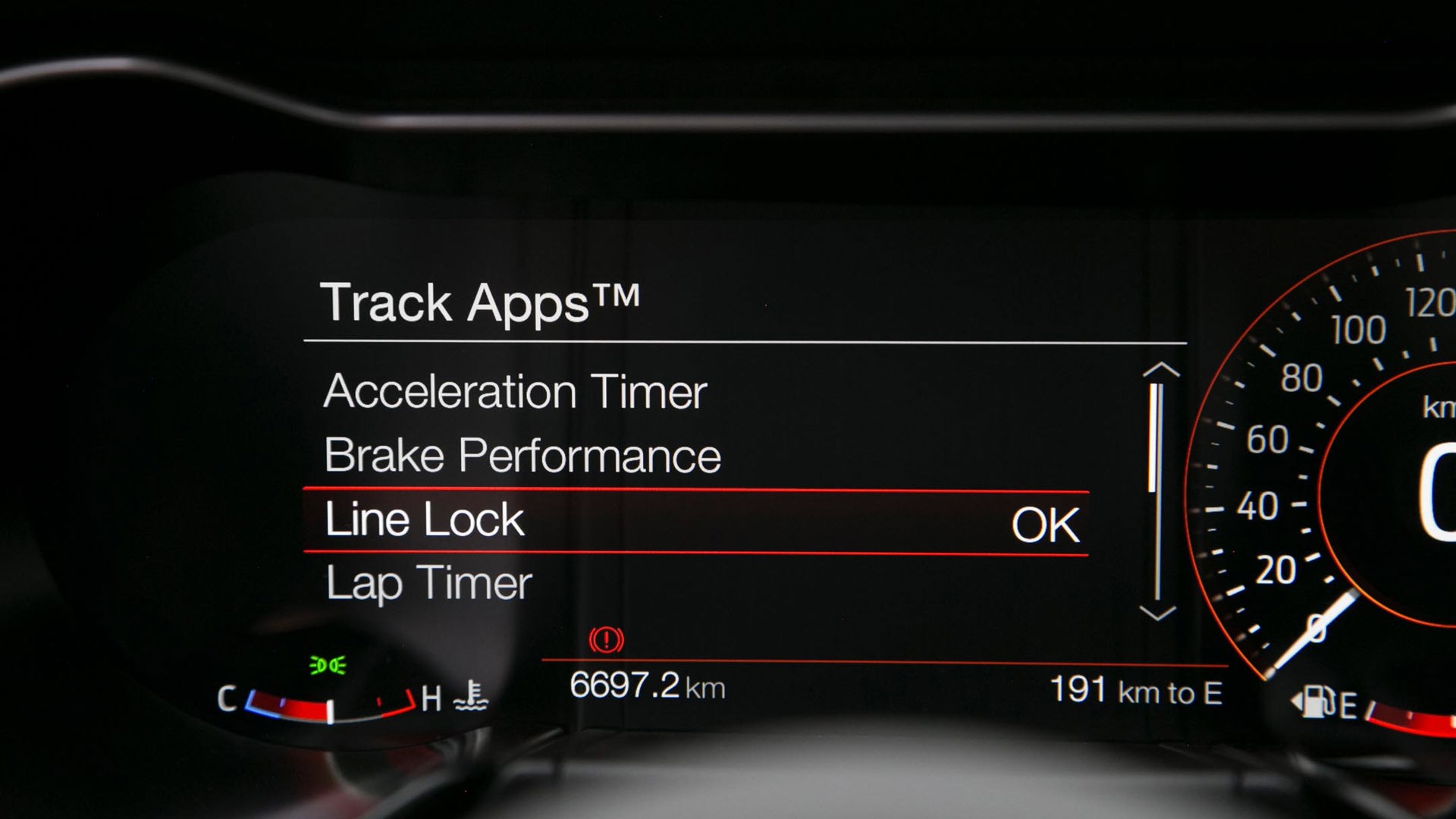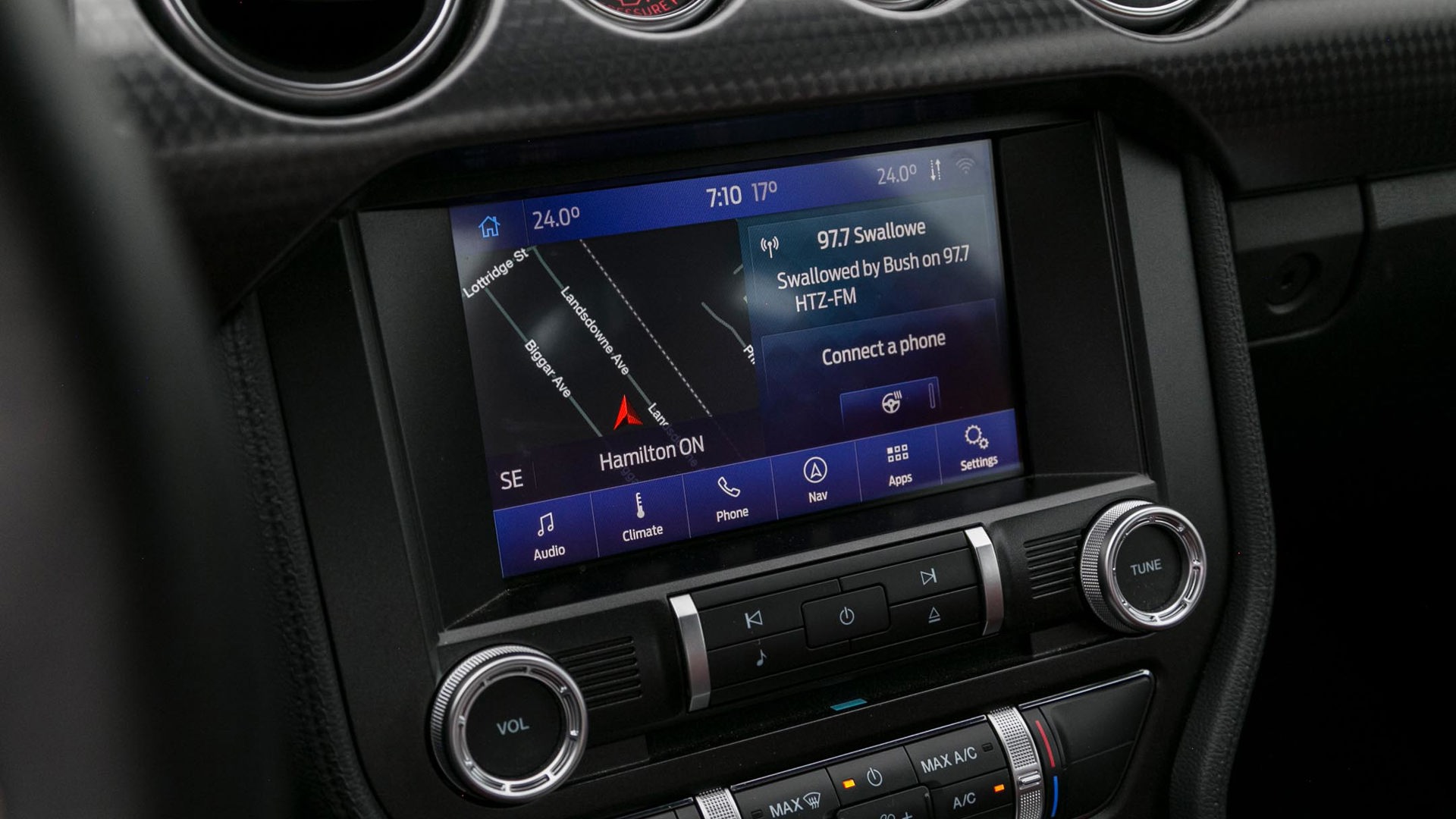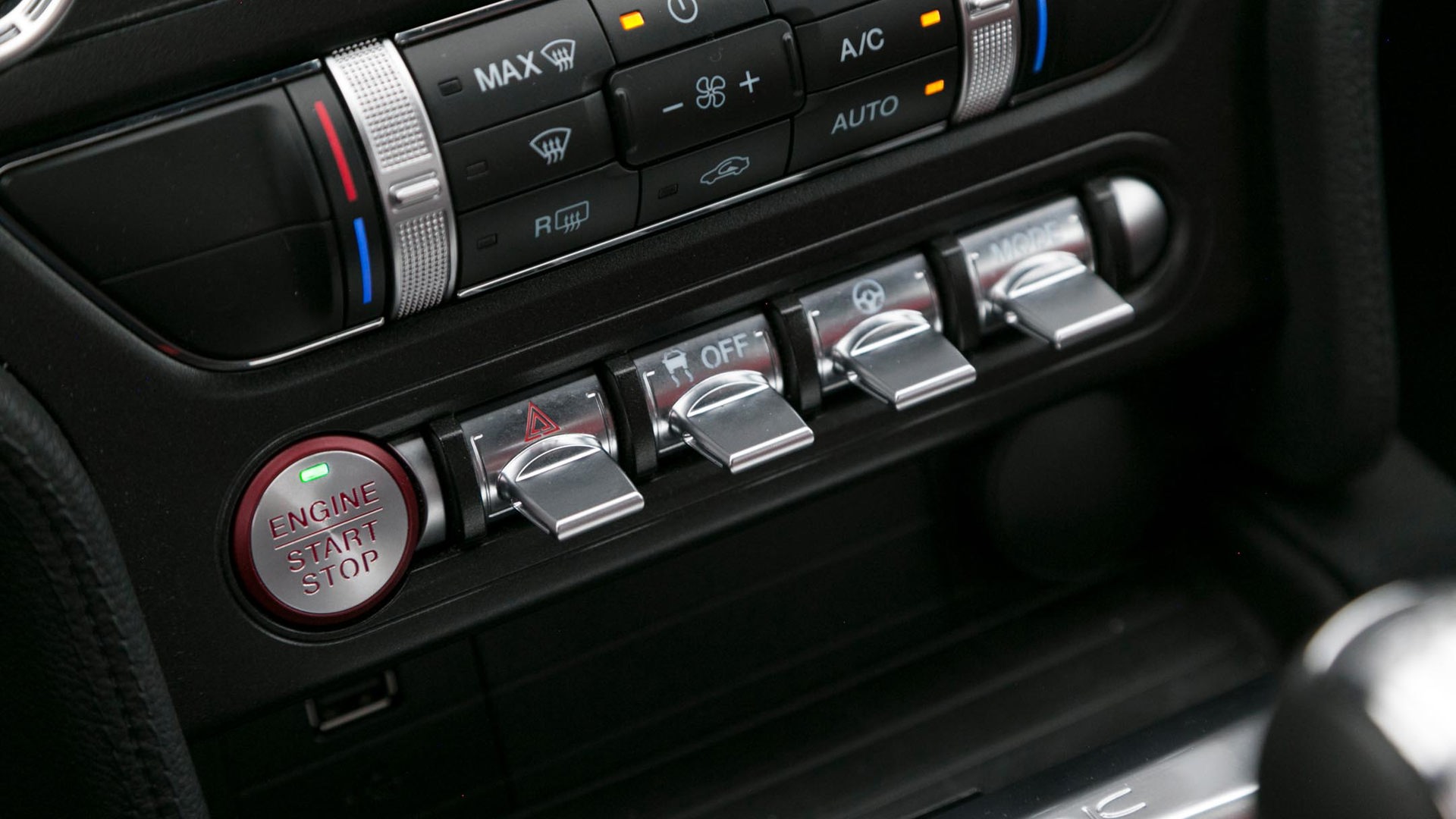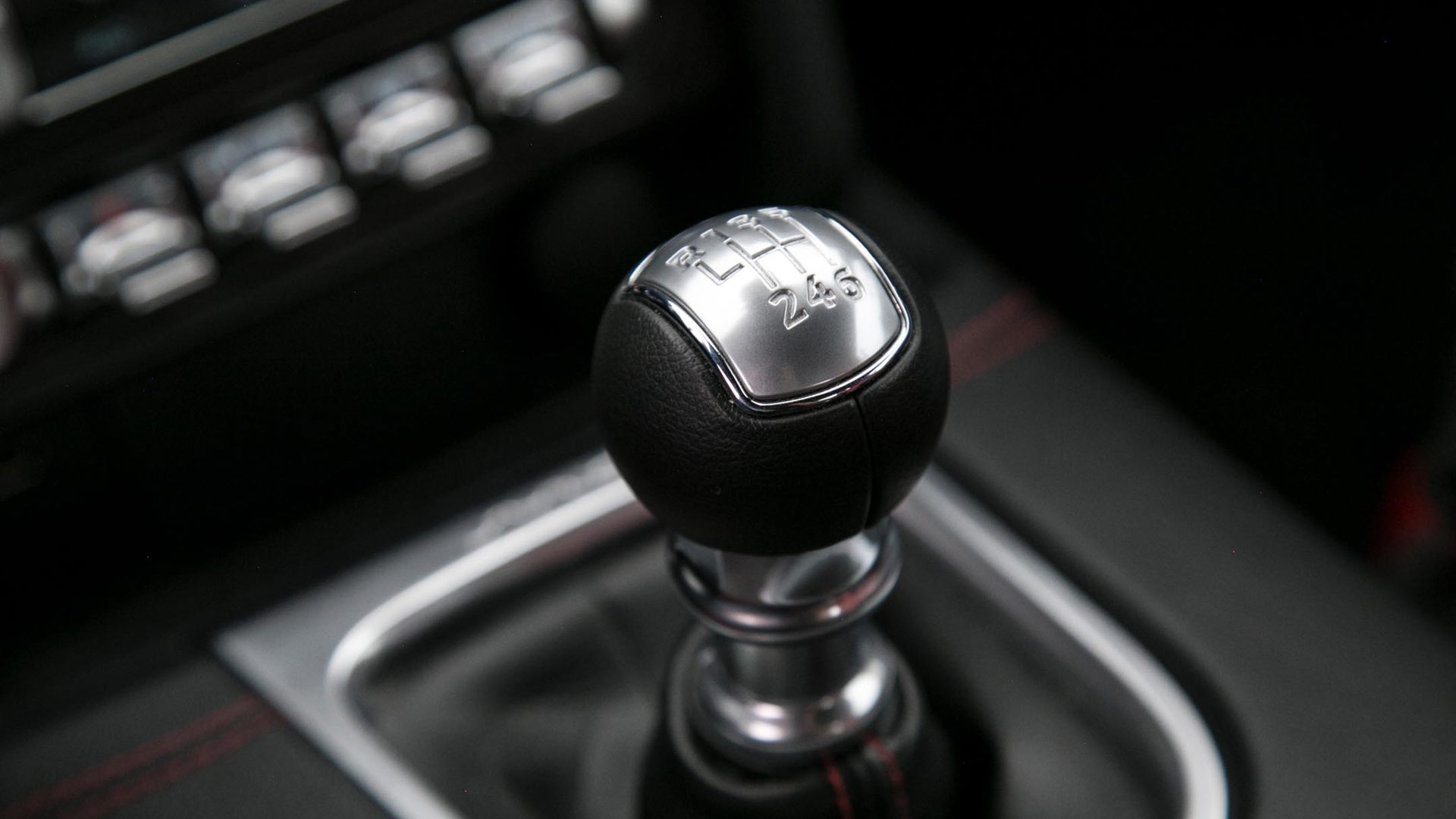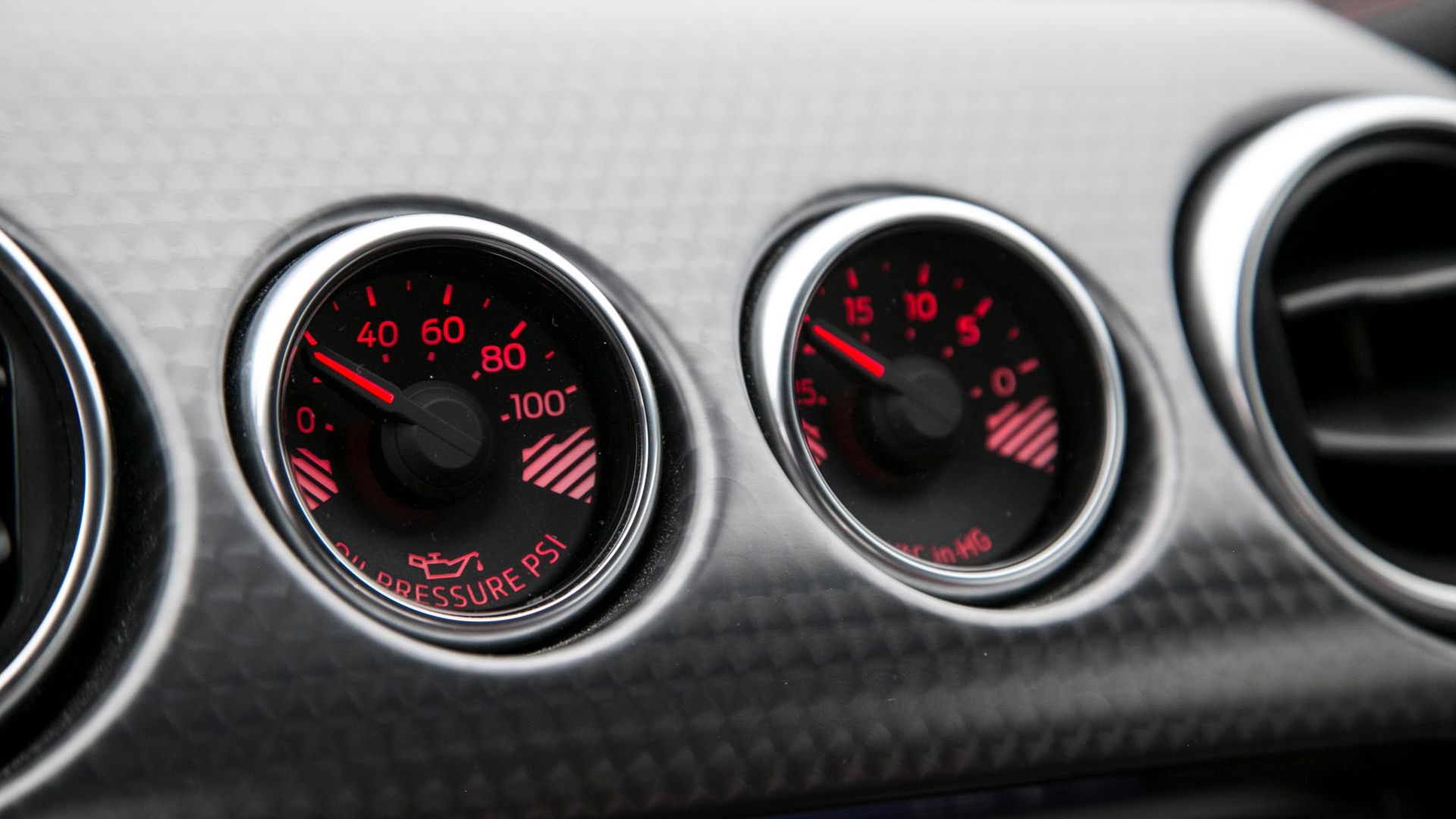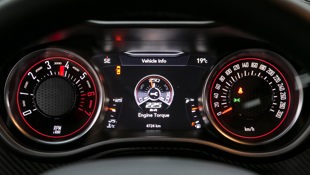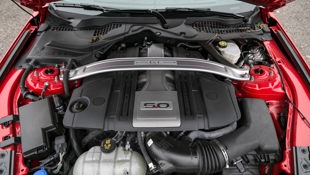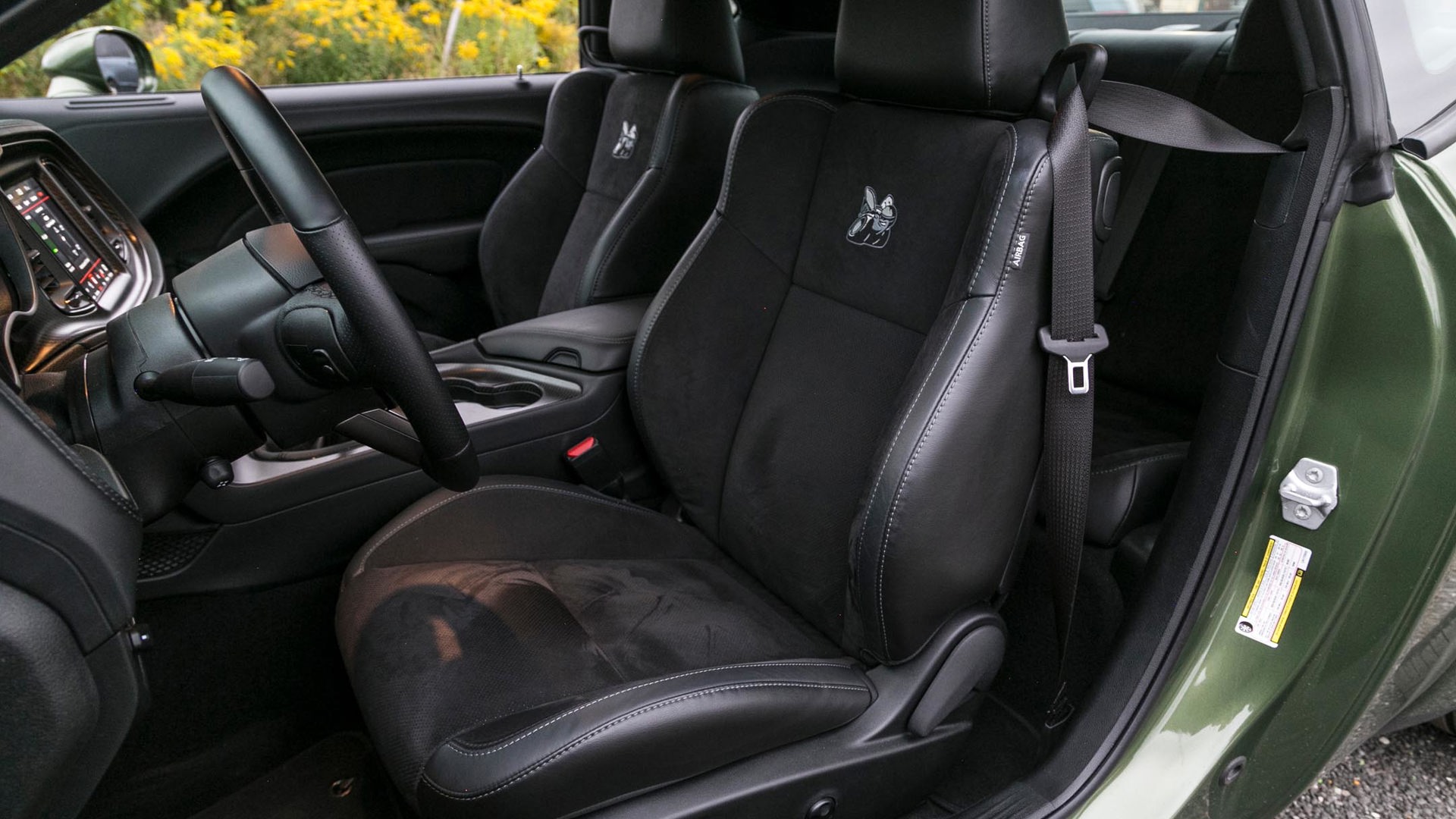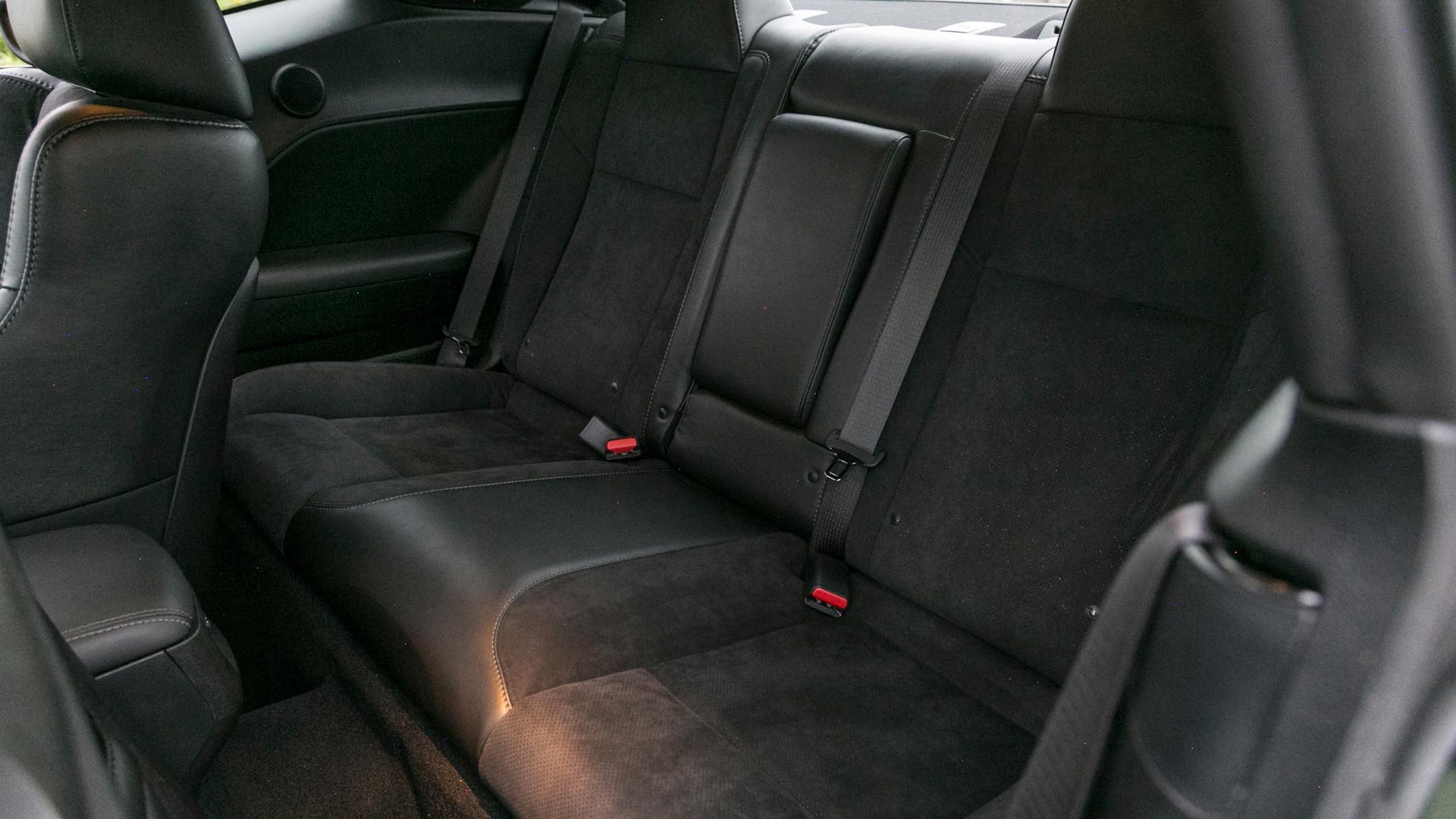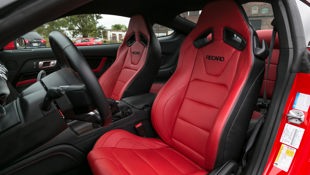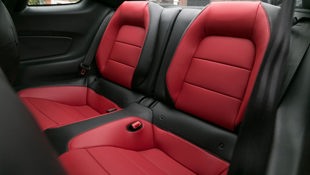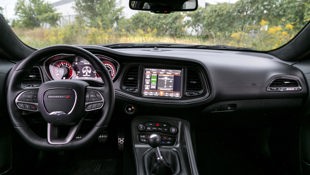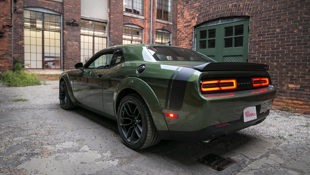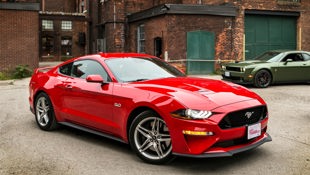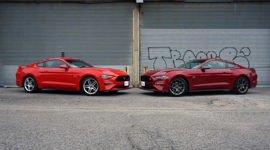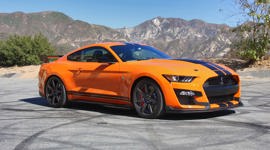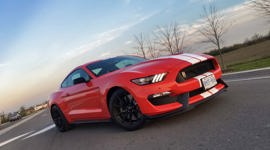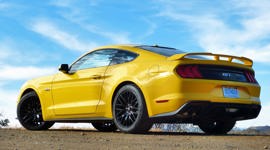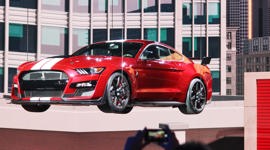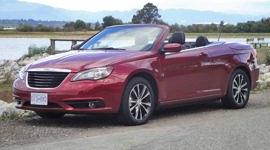Comparison Data
|
2020 Dodge Challenger Scat Pack 392 Widebody
|
2020 Ford Mustang GT Coupe Premium
|
|---|---|
|
Engine Displacement
6.4L
|
5.0L
|
|
Engine Cylinders
V8
|
V8
|
|
Peak Horsepower
485 hp @ 6,100 rpm
|
460 hp @ 7,000 rpm
|
|
Peak Torque
475 lb-ft @ 4,100 rpm
|
420 lb-ft @ 4,600 rpm
|
|
Fuel Economy
16.7 / 10.4 / 13.9 L/100 km cty/hwy/cmb
|
16.1 / 9.9 / 13.3 L/100 km cty/hwy/cmb
|
|
Cargo Space
459 L
|
382 L
|
|
Base Price
$52,295
|
$48,025
|
|
A/C Tax
$100
|
$100
|
|
Destination Fee
$1,895
|
$1,750
|
|
Price as Tested
$71,380
|
$66,175
|
|
Optional Equipment
$17,090 – Pref. Pkg 23N, $8,000; F8 Green Met. Paint, $245; Plus Group, $1,595; Technology Group, $895; Carbon & Suede Pkg, $800; Driver Convenience Group, $995; Harman Kardon Sound Group, $1,495; 6-speed TREMEC Manual Transmission, $1,000; Scat Pack Stripe, $600; Pirelli Summer Tires, $695; Uconnect w/ Nav, $770
|
$16,300 – Performance Package, $4,200; Magne-Ride Damping System, $2,500; Premium Plus Package, $2,100; Recaro Leather Sport Seats, $1,800; 19-Inch Luster Nickel-Plate Wheels, $1,500; Safe and Smart Package, $1,500; Active Valve Exhaust System, $1,000; Enhanced Security Package, $700; 12-Speaker Stereo, $1,000
|
We know Mopar mavens wouldn’t dare consider a Ford Mustang any more than Blue Oval buyers would give a second thought to a Dodge Challenger.
But the reality is that these days, muscular, V8-powered, rear-wheel-drive coupes are perilously close to extinction. So, when given the chance to pit the Challenger Scat Pack 392 Widebody against the Mustang GT, we jumped at the chance.
Joining me for this head-to-head battle was the perfect man for the job: autoTRADER.ca Associate Editor Dustin Woods. He’s owned a trio of Mustang GTs over the years, including his current sinister-looking – and sounding – 2016. While I don’t own a muscle car, I’ve been a glutton for punishing my credit card at the gas pump in recent years by taking a number of them on extended road trips.
Both of us have logged enough seat time to know a little something about the cars in this contest. Plus, between the two of us, we can’t combine to grow a full head of hair, which means as, um, gentlemen of a certain age we’re right in the hearty demographic for both of these cars.
Setting aside brand allegiances, which of these two is the better beast? It completely depends on what you value more – looks or performance. But by the end the choice was clear.
Styling
Dodge: 9/10; Ford: 7.5/10
These are both legitimate performance cars, but make no mistake: style matters here, too. Longer, lower, and wider gives the impression of power, and the Challenger is all of those compared to the Mustang. With the Scat Pack Widebody’s fender flares, it bulges more than Dwayne Johnson in a tank top. Dodge’s army green paint is a gorgeous choice for this car, too.
The Mustang is lithe and sleek next to the Challenger, and the optional 19-inch wheels somehow look pedestrian and small. In fact, beside the Dodge, the Ford would’ve been quite subdued were it not for its radiant red paint.
All week long the Challenger attracted far more attention, though it was generally from children and guys even older than us. The one time the Mustang got any love was at a gas station when the vice-president of the local Mustang club chapter wanted to boast about how much more power his modded ’Stang was putting out than the one I was driving.
The interiors of these two cars reveal plenty about their respective personalities without even starting the engines. The Dodge is an unapologetically retro muscle car, from its compromised outward visibility, to the large expanses of cheap plastic, and the overstuffed furniture.
While still exhibiting some cut-rate trim, the Mustang feels less like a muscle car and more like a legitimate contemporary sports car. The optional Recaro seats look serious – and sexy in their bright red leather – and the all-digital gauges are a slick sight.
Power
Dodge: 9/10; Ford: 9/10
For barroom braggards, the Challenger Scat Pack 392 unleashes the fury of 485 hp and 475 lb-ft of torque from its 6.4L V8. Those figures top the Mustang’s 460 hp and 420 lb-ft, and the Dodge’s peak output arrives with fewer engine revs, too. But driving the two back-to-back instantly reveals the Mustang’s superior power-to-weight ratio, and despite needing more rpms to get the power, the Ford’s 5.0L V8 is freer-revving and eager to roar up to its redline – unlike the lumbering Dodge engine.
The big Mopar V8 starts up and emits a deep, bassy exhaust note. It’s louder than most cars, but Dustin felt “the 392 sounded neutered and reserved compared to the Mustang.” At certain revs, it drones a bit in the cabin, but for the most part the rumble is satisfyingly old-school and gruff, and appropriate for this kind of muscle car.
God clearing His throat wouldn’t grab any more attention than our Mustang fitted with its optional active valve exhaust system. It allows the driver to program quiet modes when politeness is required, like passing by a hospital, or a cop giving the stink-eye. There’s also normal, sport, and track settings, all of which are gloriously loud and fierce. The quiet mode was ignored so I could give my neighbour who drives a muffler-free Ram 1500 a taste of his own early-morning medicine.
Both cars have a form of launch control that helps optimize takeoff from a stand-still, yet unlike their respective boosted cousins – the Challenger Hellcat and Mustang Shelby GT500 – the power from these cars is enough to be exhilarating while still letting the driver rev out a few gears before reaching highly illegal speeds.
Driving Feel
Dodge: 7/10; Ford: 9/10
It had been a few years since I last drove a Mustang GT, and this one was astonishing. The steering was quick, precise, and communicative, and thanks to the optional electro-magnetic suspension setup, the handling was brilliantly composed. By sports car standards, the Mustang is pretty large, but Ford has tuned the handling to feel like it shrinks the Mustang’s size when the roads get twisty, behaving a lot like a frisky BMW M4.
The Mustang’s clutch was also surprisingly light and the shifter, with its short throws, was a pleasure to snick-snick between the six gears. The Ford’s refinement and easy-to-drive nature belies its ferocity, and while some may lament the passing of the crude Mustangs of yesteryear, there is no question that this pony car’s superior potency is both accessible and highly addictive.
The Dodge gets its laughs for its crudeness. Dustin rightly sums up: “The Challenger stubbornly remains true to its roots, to a fault. It’s the only true muscle car left on the market, harkening back to a different time. It’s big, heavy, and ungainly; but is capable of providing big smiles.”
Before writing off the big Mopar as nothing but a straight-line drag racer, know that its massive 305-mm wide tires provide incredible grip, and its widebody competition suspension pack includes adaptive damping, making the old Dodge a more capable handler than expected. Still, its bulk can never be fully hidden, and it’s much harder work to hustle the Challenger, especially on the same tight turns that the Mustang consumes with ease. Plus, those massive tires follow the contours and ruts in the road, causing a lot of steering-wheel squirm.
Both cars were optioned with Brembo braking packages, and while the Challenger’s were strong, they provided less pedal feel and lacked the immediate bite of the Mustang’s binders.
Comfort
Dodge: 6.5/10; Ford: 6.5/10
The adaptive suspension in the Mustang that helps handling does double-duty softening most road imperfections. The Challenger’s bigger, heavier wheels and tires crash over potholes and pavement cracks, making the driver cringe at the thought of damaging one of the 20-inch forged alloys.
The Challenger’s heated and ventilated seats are plusher than the Mustang’s optional Recaros – which offer no climate functions – but they’re less supportive. And while subjecting grown humans to either car’s back seats should be considered cruel and unusual punishment, the Dodge at least provides some leg- and headroom, even if it feels very confining due to the minimalist rear three-quarter windows back there.
Practicality
Dodge: 6/10; Ford: 5/10
The style-over-space theme applies to both cars, and neither one is a very practical choice. The Challenger’s trunk, at 459 L, is larger than the Mustang’s at 382 L, though the Dodge has a significant liftover height to get luggage into the cargo hold. The Dodge also has more passenger space in every measurable direction front and rear.
Features
Dodge: 7/10; Ford: 7/10
With the likes of rain-sensing wipers, automatic high-beam control, and on-board navigation systems; these modern interpretations of decades-old icons are downright posh. The leather seats add another element of luxury, too, but the feature lists for these cars centre on their performance upgrades. Limited-slip differentials, upgraded suspension and brake packages, lightweight wheels, and sticky summer rubber all make their respective lists of add-ons. To this end, they’re both content-rich and have been made to perform very well for their sizes and weights.
The Challenger has been dolled up with a few more visual cues, not the least of which are the widebody fender flares, enormous wheels, and even the $600 stripes, plus interior upgrades like a suede headliner and carbon-fibre trim bits. Both cars have excellent upgrade audio systems, with Ford’s 12-speaker unit producing clearer sound than Dodge’s 18-speaker setup.
User Friendliness
Dodge: 7.5/10; Ford: 8.5/10
Ford and Dodge have done a great job in recent years streamlining their touchscreen infotainment interfaces to the easy-to-use systems found in each of these cars. Both have large knobs for volume and tuning, straightforward automatic climate control adjustment, and steering-wheel-mounted controls to make navigating all the information simple enough. Both systems integrate Apple CarPlay and Android Auto well.
The Mustang’s gauge pod is entirely digital and allows for more user customization, while the Challenger’s retro-style font on the speedometer is trickier to read at a glance. Likewise, locating the seat and steering wheel heat buttons within the menu system is tedious inside the Dodge.
Safety
Dodge: 5/10; Ford: 6/10
Both companies offer optional active safety suites, but only the Mustang was upgraded with such. Ford’s $1,500 package includes pre-collision alerts and automated emergency braking, plus adaptive cruise control that our Challenger didn’t have.
Outward visibility to the rear and rear three-quarters is less than optimal in both cars due to their squat styling. The Mustang’s is better, but its side mirrors are very small by modern standards, so it benefits from its blind-spot monitoring. Fortunately, both have good quality back-up cameras and parking sensors.
Fuel Economy
Dodge: 4/10; Ford: 5/10
Almost as silly as choosing one of these cars based on practicality is the thought that someone might pick one over the other based on fuel efficiency. Both are thirsty V8s with a taste for premium fuel, and while our week of driving netted pretty close to the Mustang’s official combined average of 13.3 L/ 100 km, the Challenger was showing nearly 4.0 L/100 km over its rated 13.9. That both cars run on premium fuel only makes matters worse.
Value
Dodge: 6/10; Ford: 7.5/10
It’s possible to get either a Mustang or Challenger with more than 300 hp for less than $30,000. They’re rental-fleet-grade cars with very basic interiors and sub-V8 engines, but they do offer a lot of bang for the buck. Likewise, it’s possible to spend into six figures for the top-echelon Mustang or Challenger. This should make the cars we have here fall right into the sweet spot, and in many respects, they do.
When going through the pricing sheets, there was very little we’d do differently if speccing our own Mustang. The pricey GT Performance pack and adaptive suspension options contribute a lot to this Mustang’s selling price of $64,425. The $69,485 Challenger, however, had more than $3,000 worth of items we could do without for our muscle car.
The Mustang drives like a $60,000 performance car, whereas the Challenger drives like a resto-mod with a new infotainment system, making the Dodge feel like a worse value. It should be noted that at the time of writing, Dodge was offering a $5,500 discount on our Challenger, while our Mustang could be had with over $10,000 scratched from the bottom line.
The Verdict
The Dodge Challenger Scat Pack 392 Widebody and Ford Mustang GT are costly, inefficient, impractical toys – and we love them both dearly. The Dodge’s hulking widebody stature is sure to give owners as much joy (and attention) as its enormous V8’s torque. It’s a brilliant representation of the heyday of muscle cars, with a healthy dose of modern technology wedged into wherever it fits, and a dated interior that helps sell the retro point.
Ford has consistently updated, honed, and improved the Mustang, evolving it into a shockingly refined and capable sports coupe, while never abandoning what made drivers fall in love with the pony car in the first place. The modern Mustang GT, with its bellowing V8, slick transmission, and state-of-the-art suspension is still a Mustang, but it’s also a sensational driver’s car that we’d happily live with every day.
